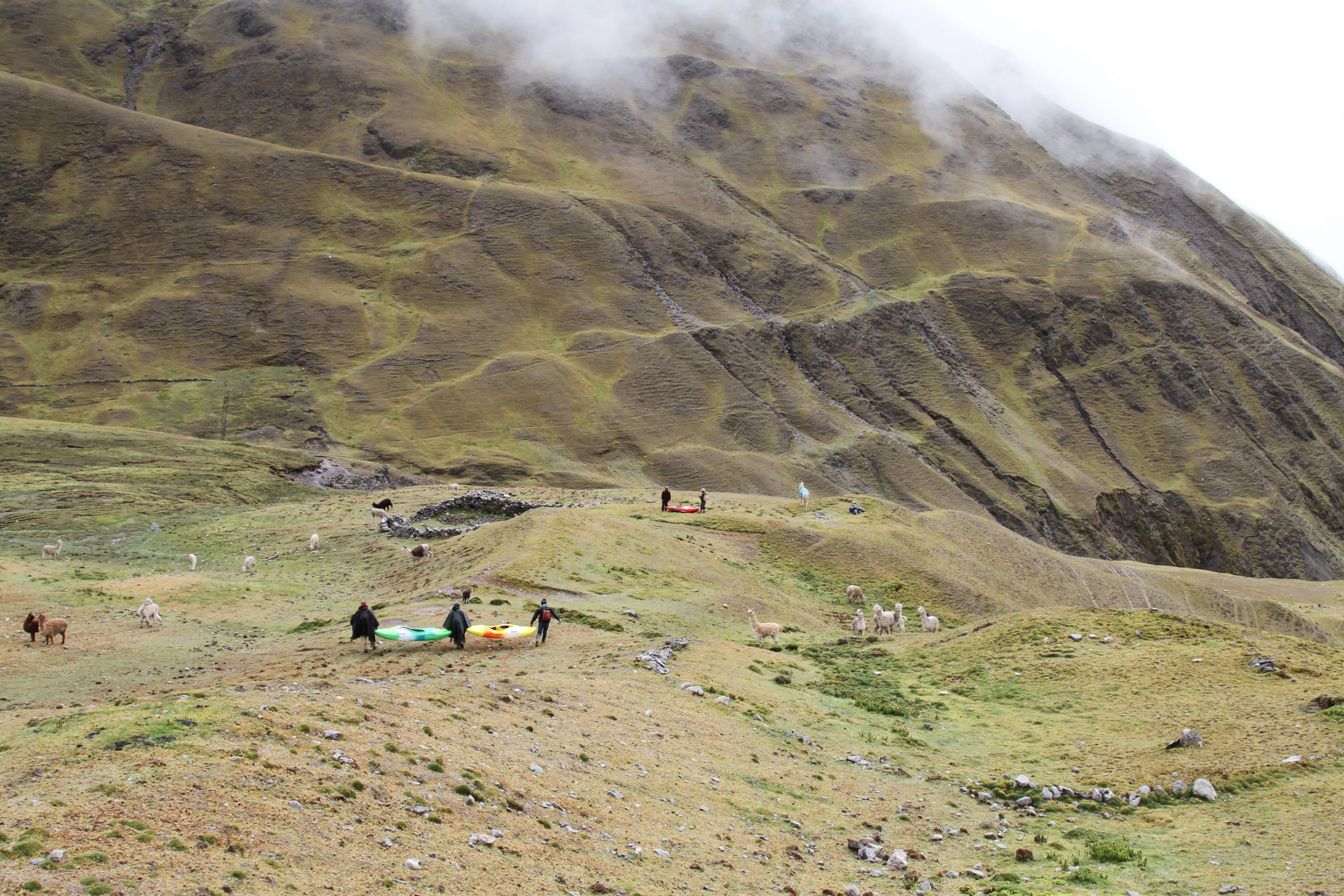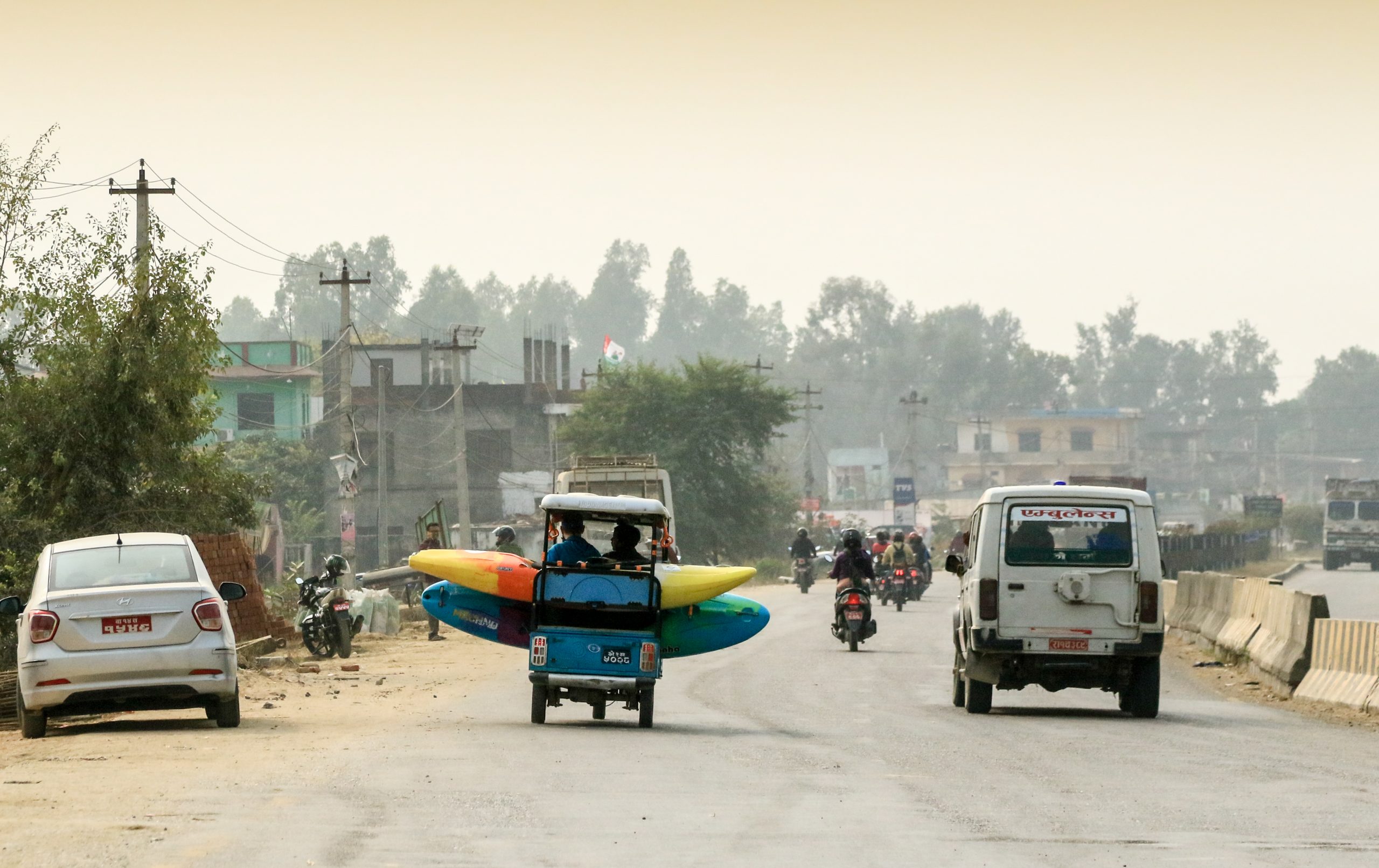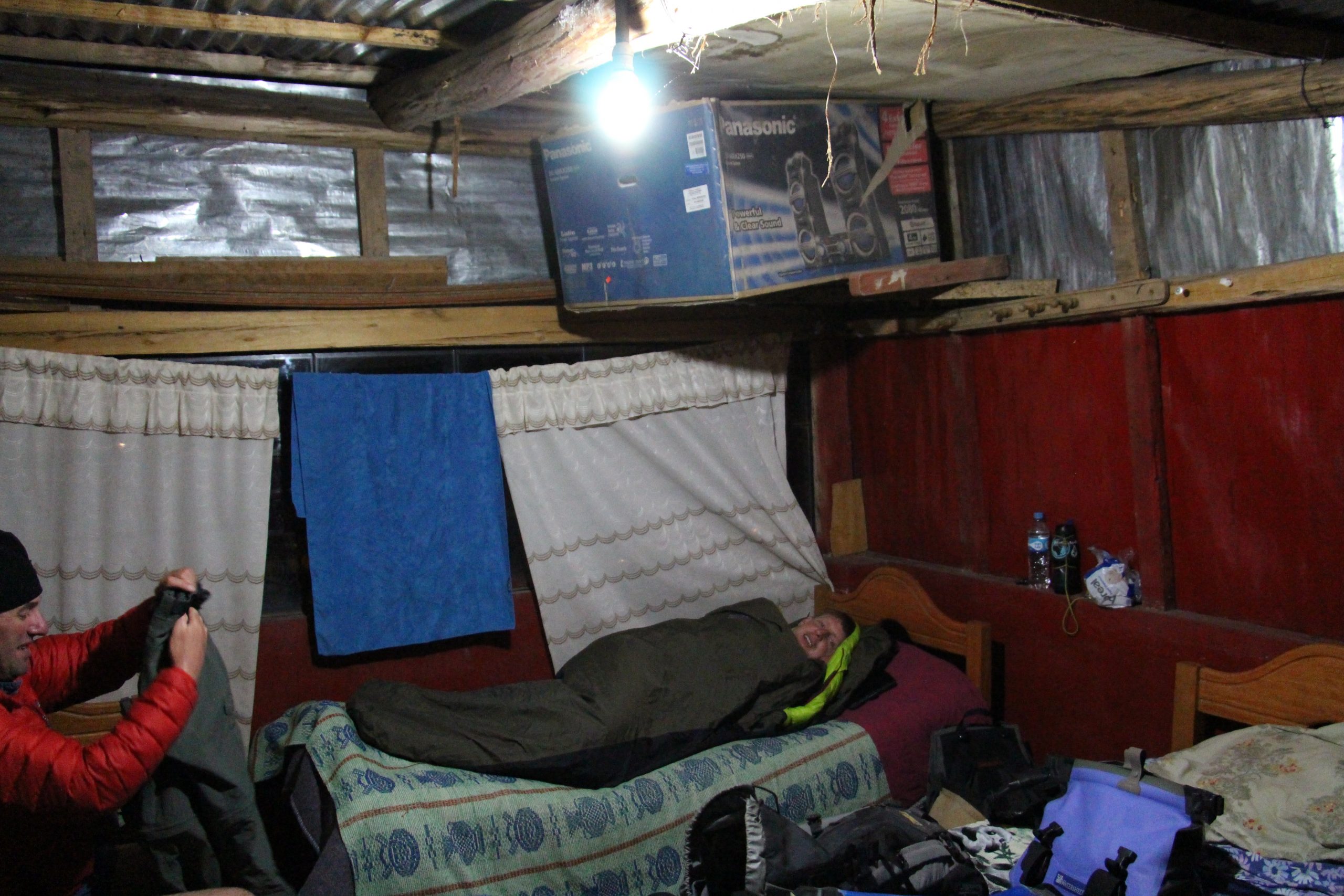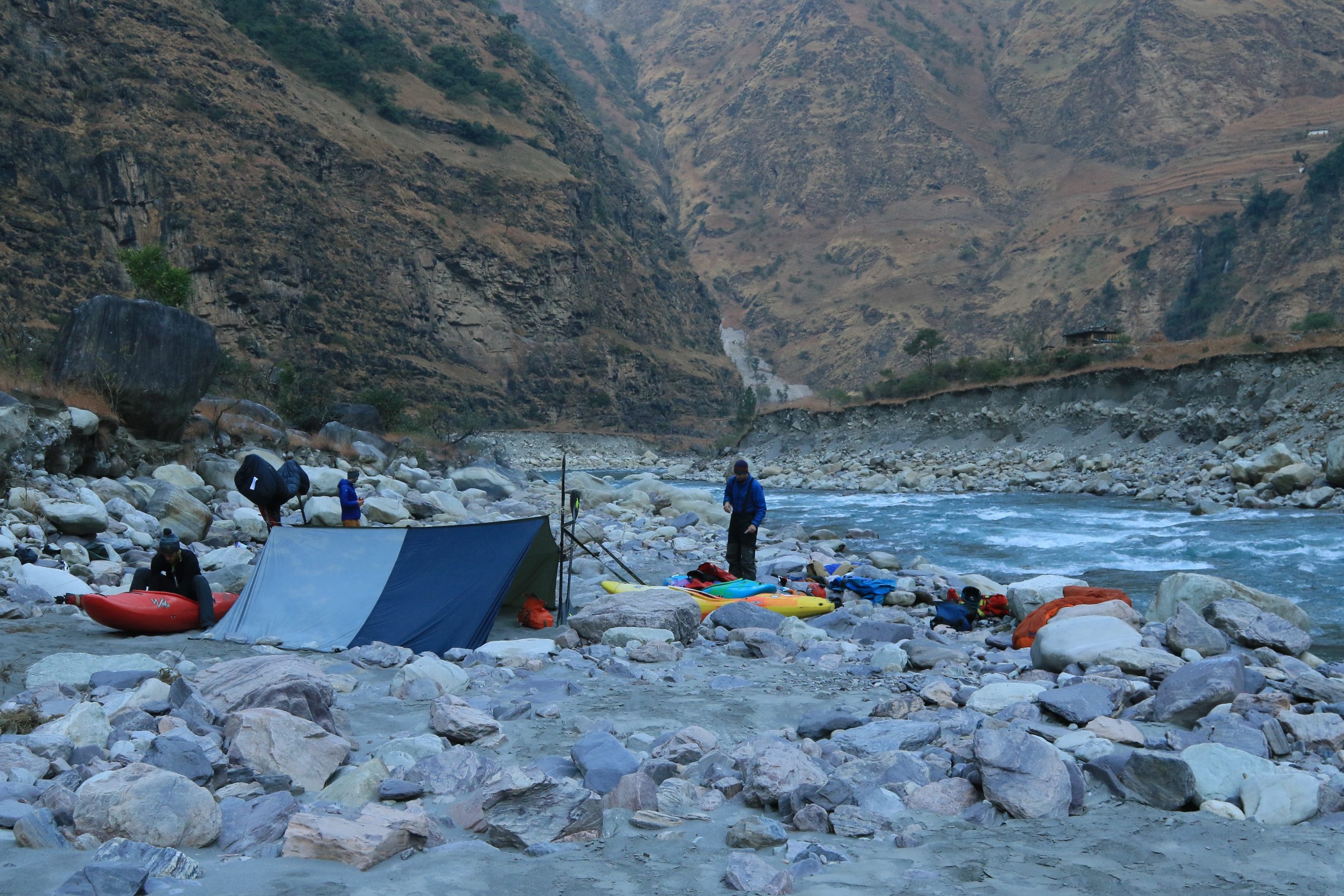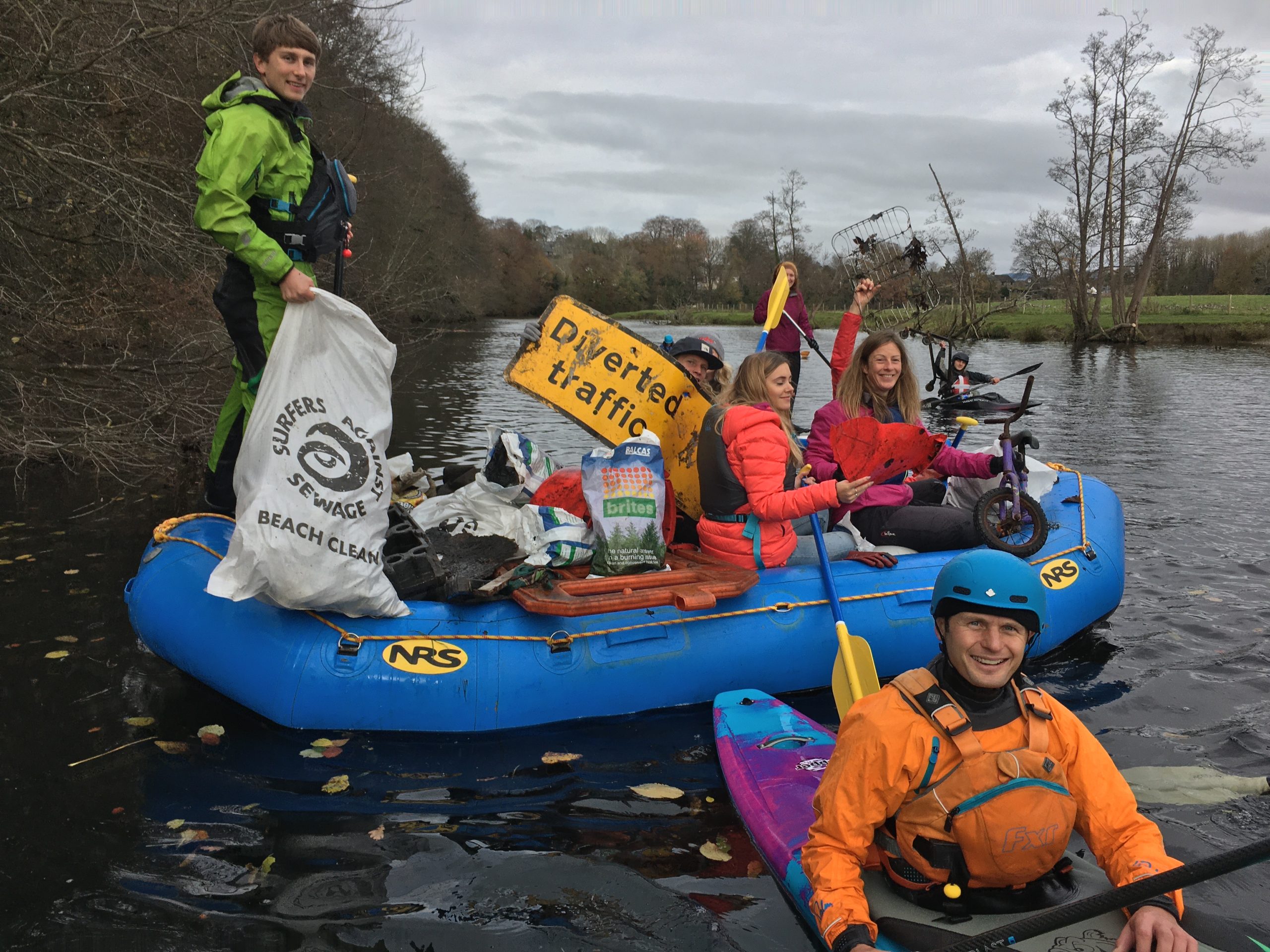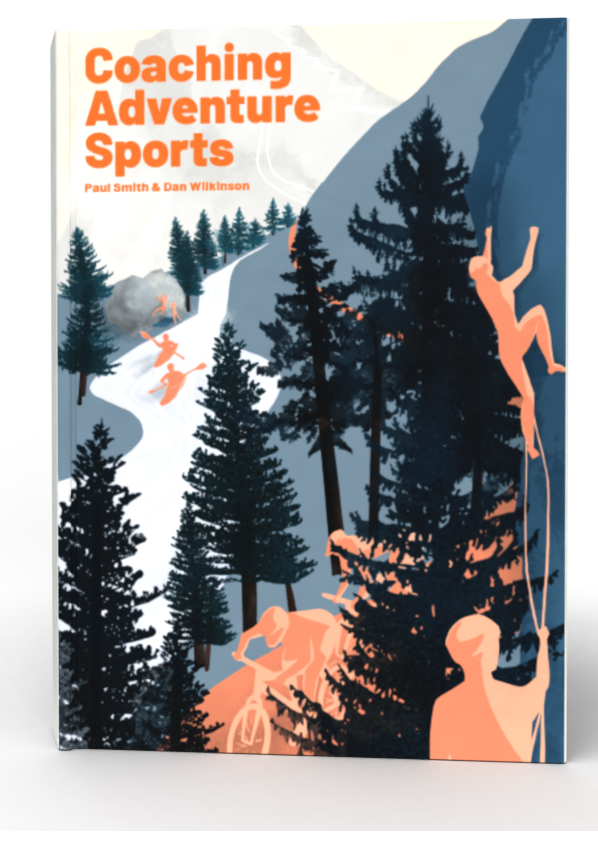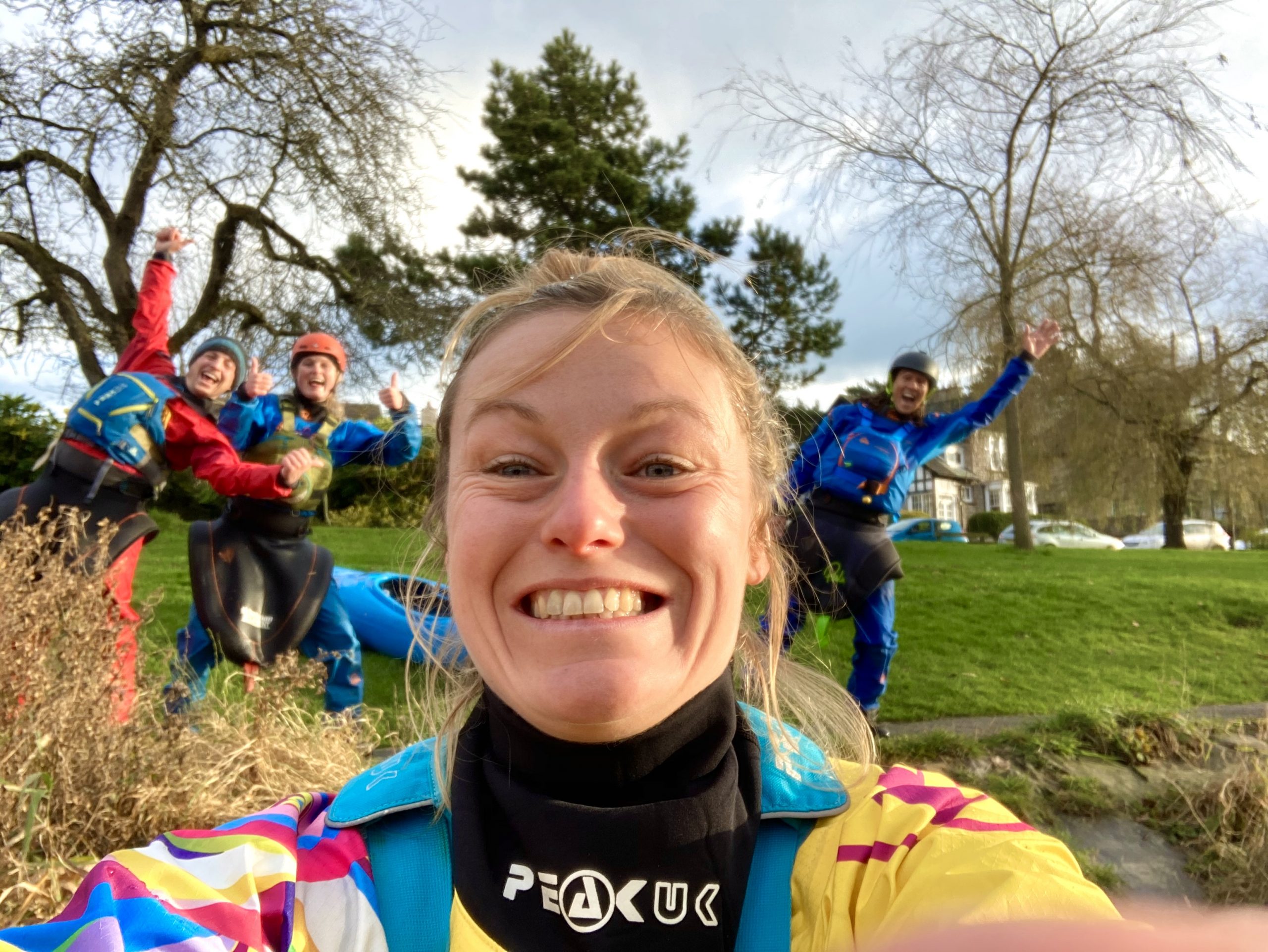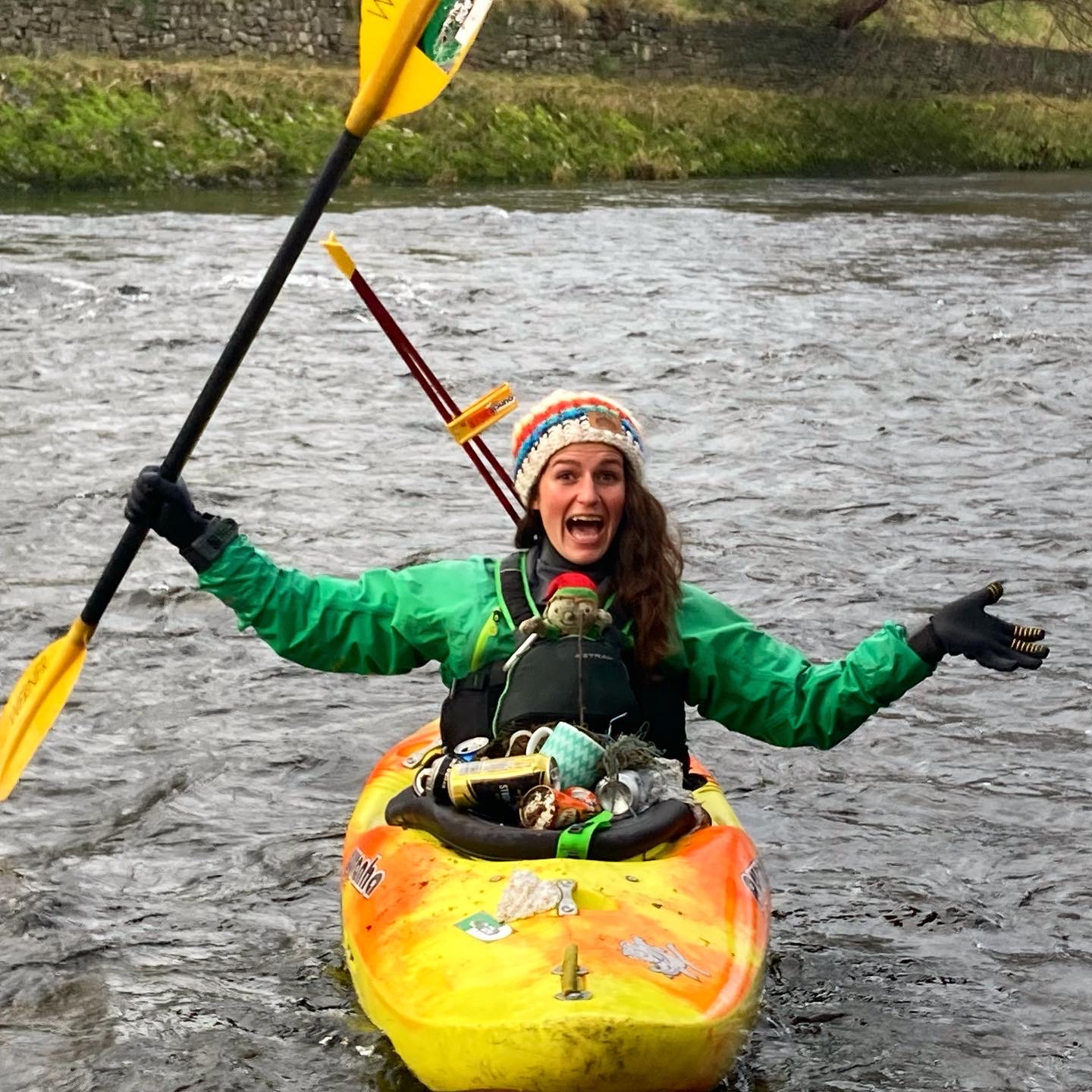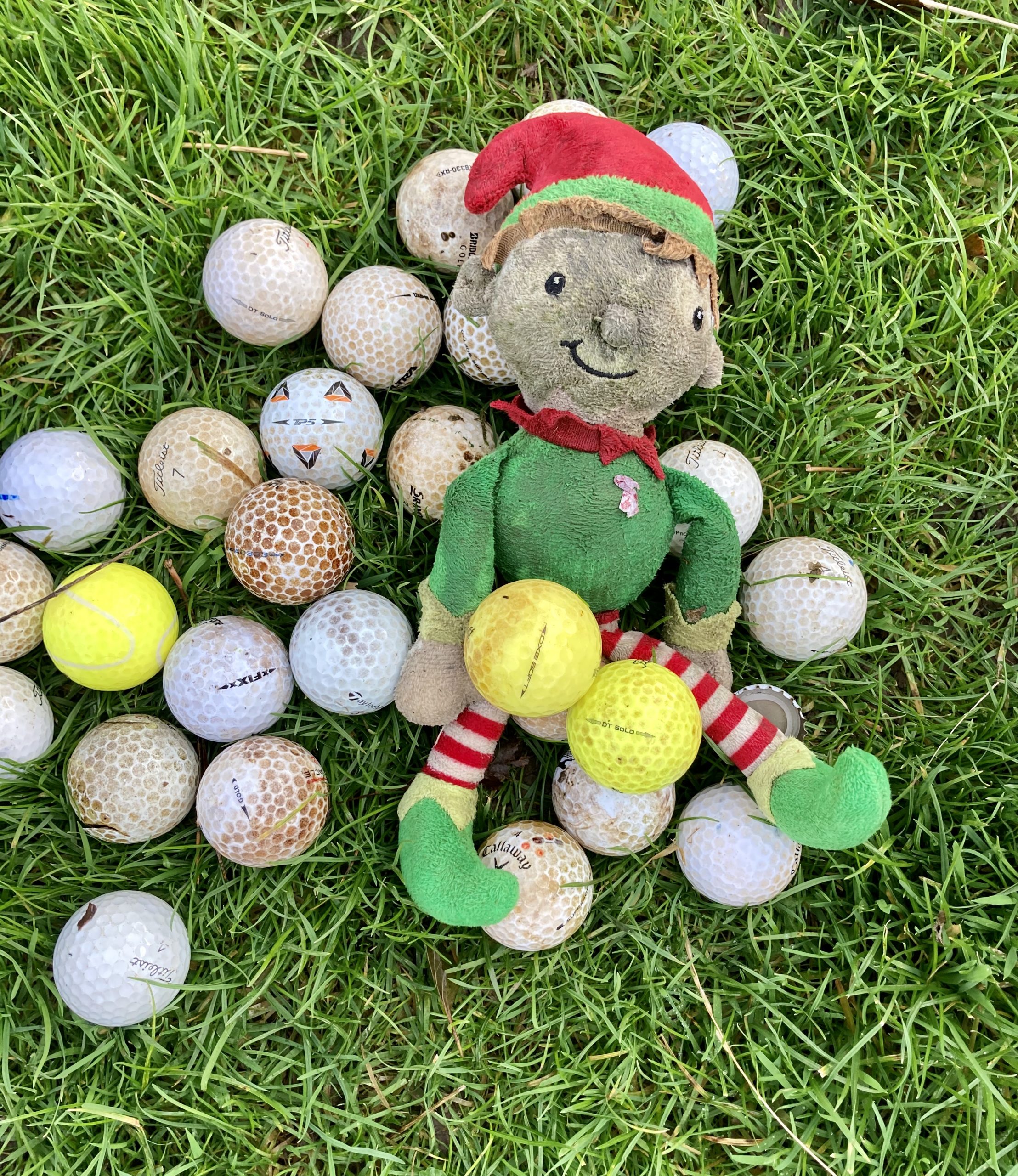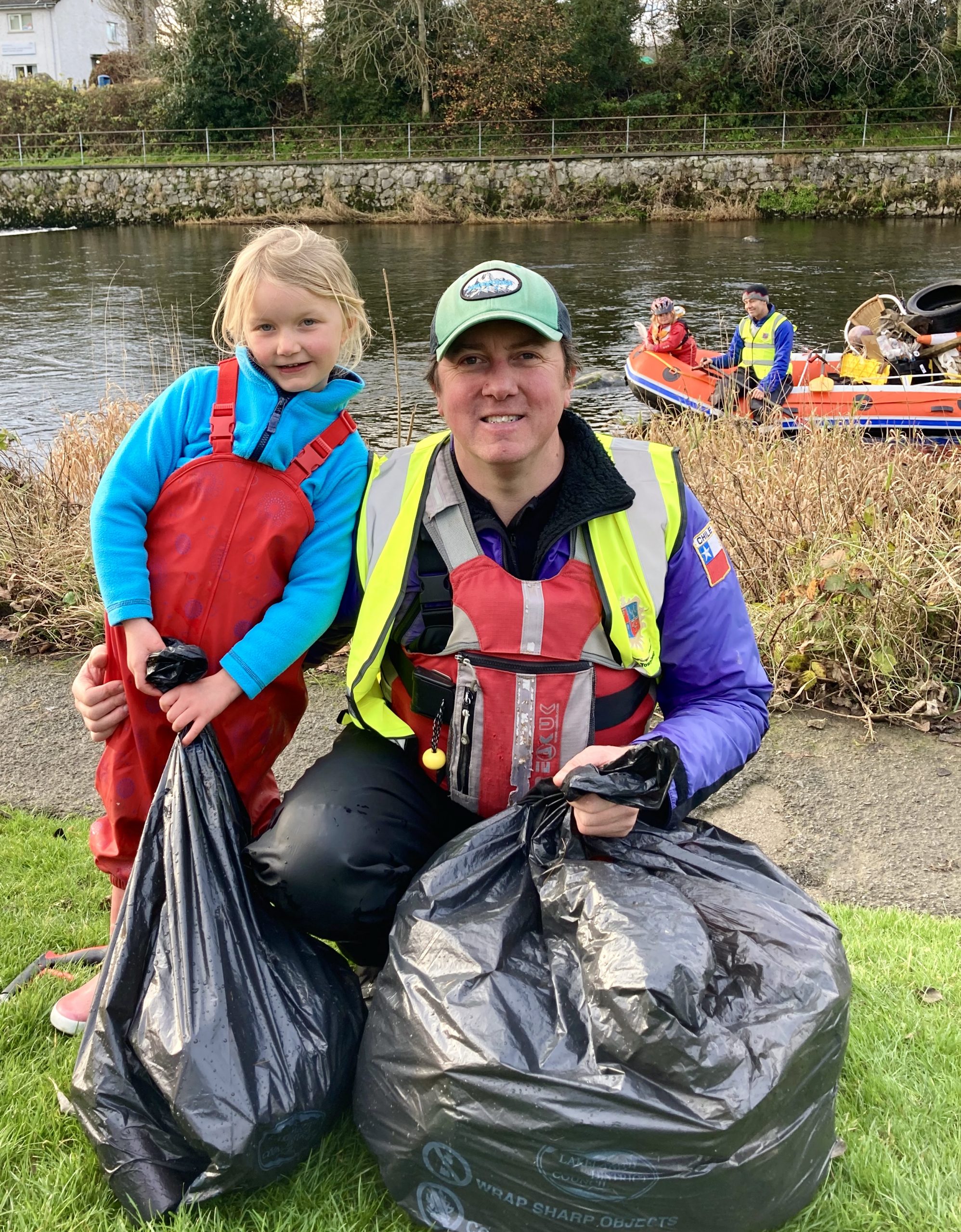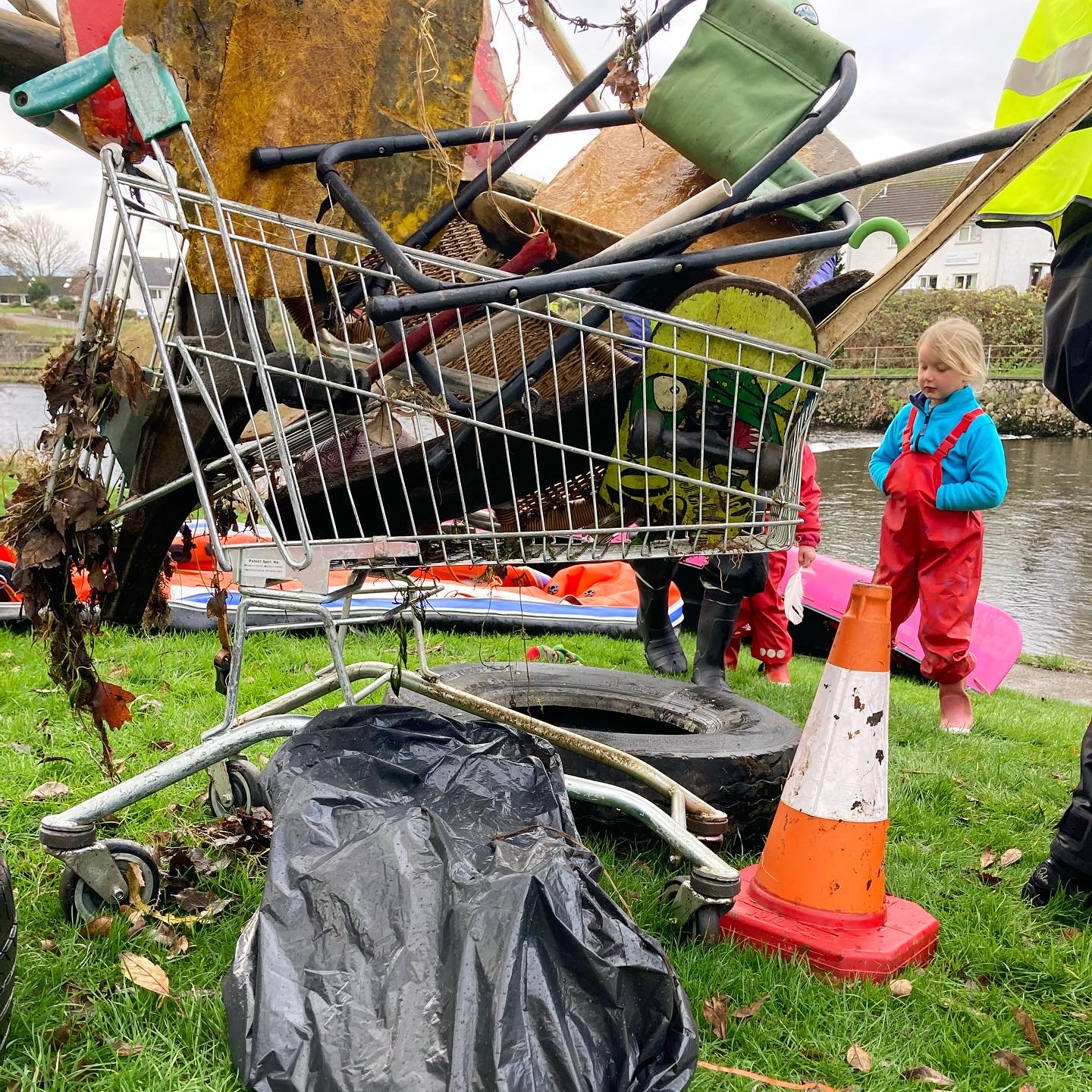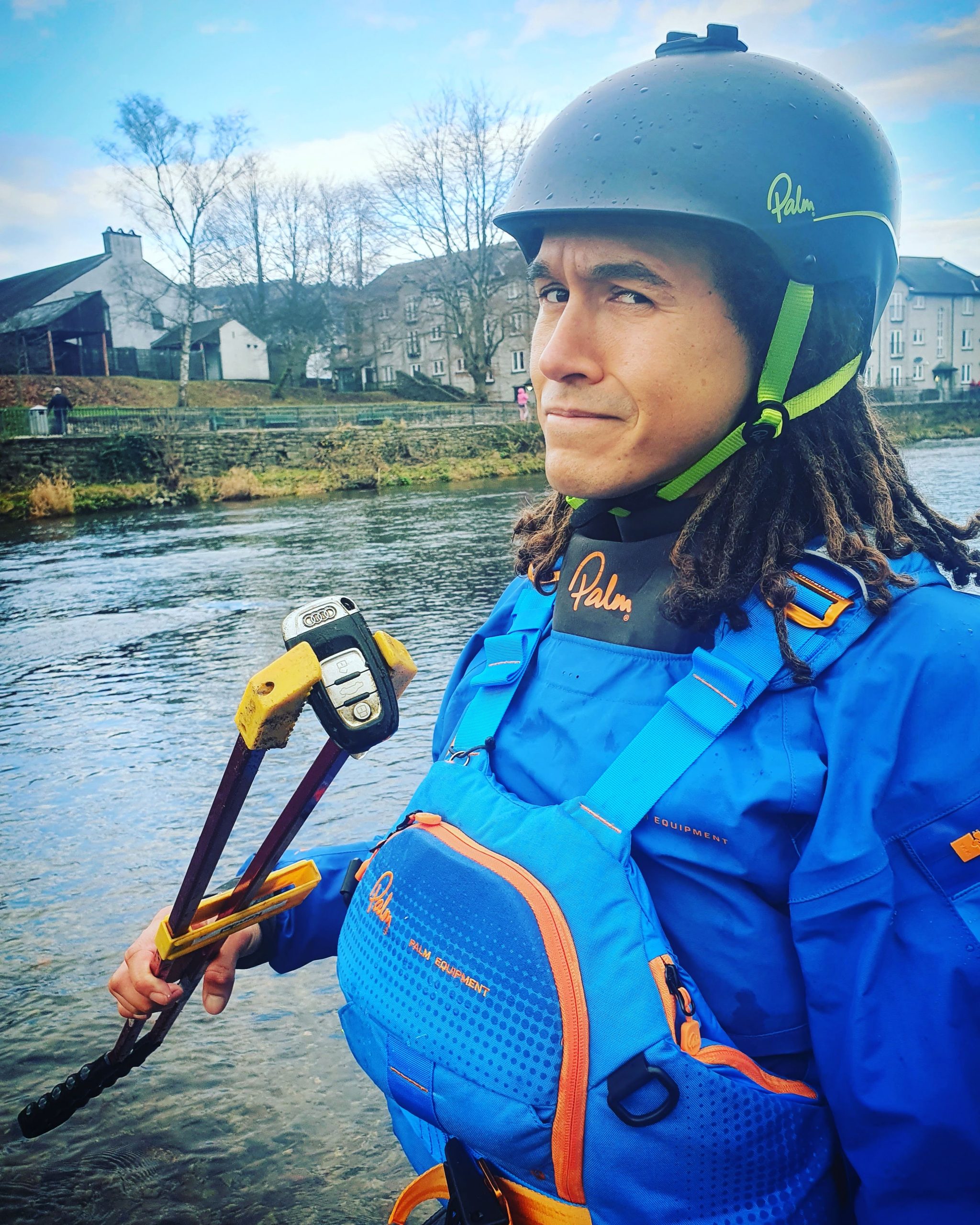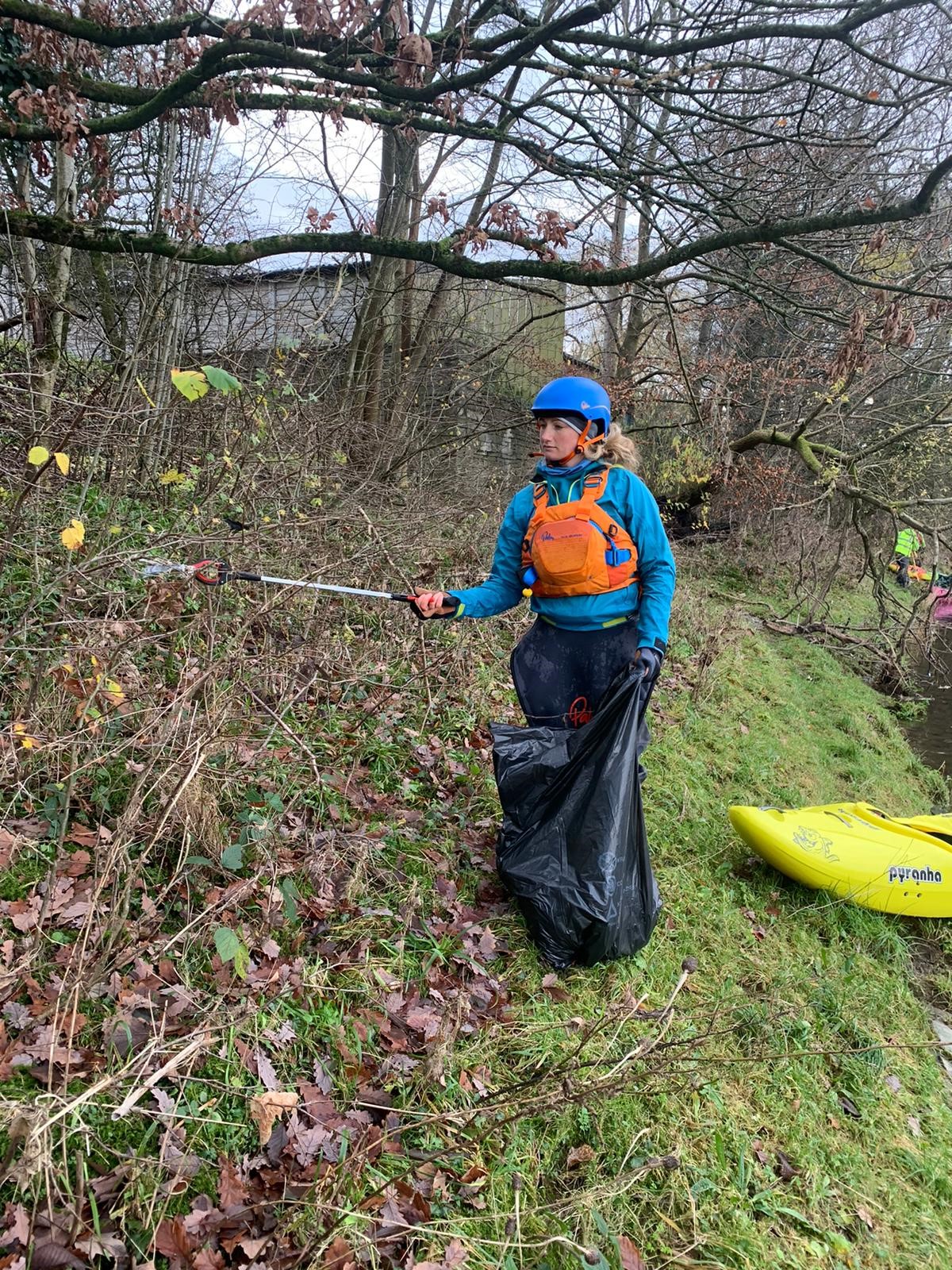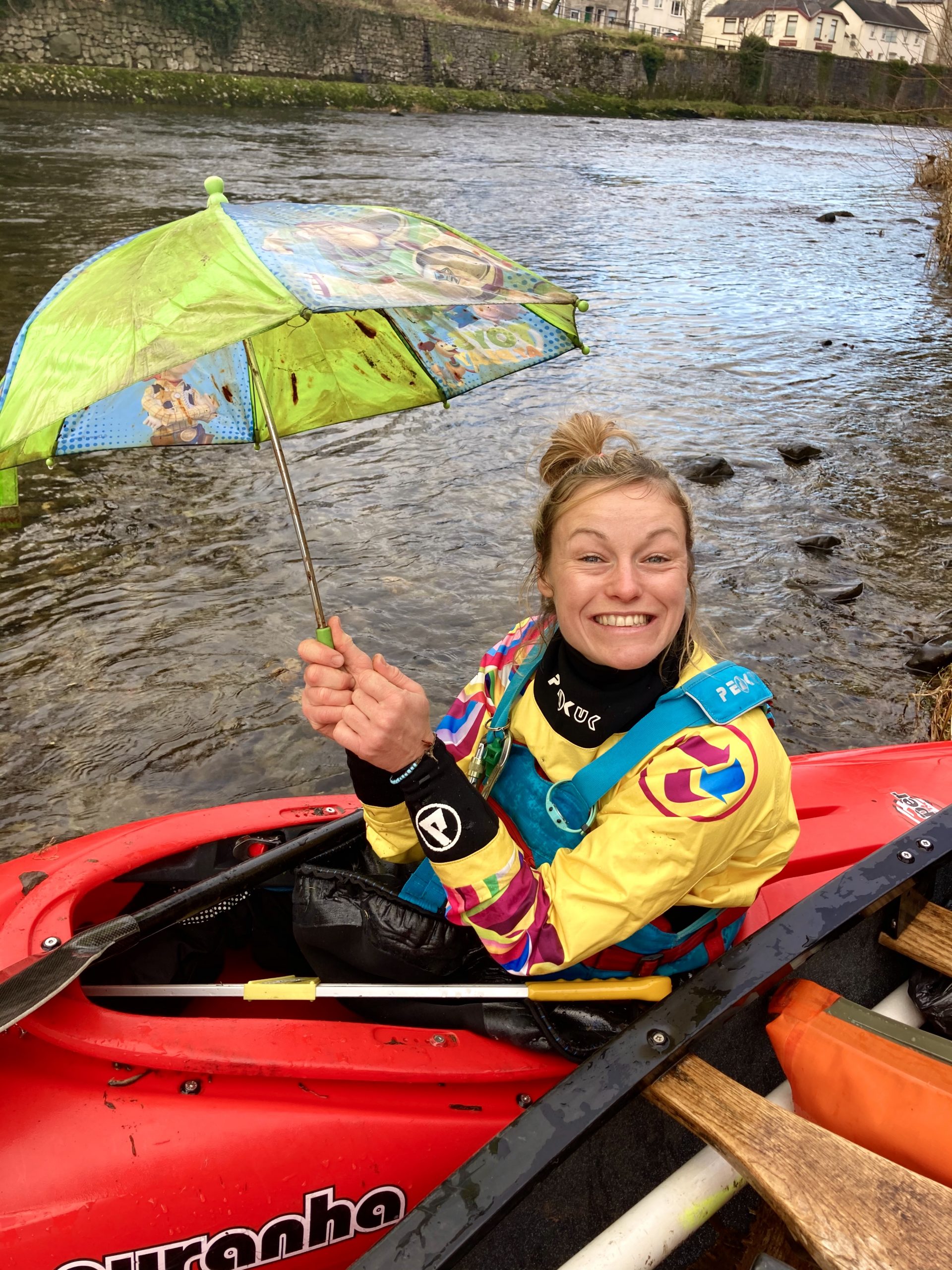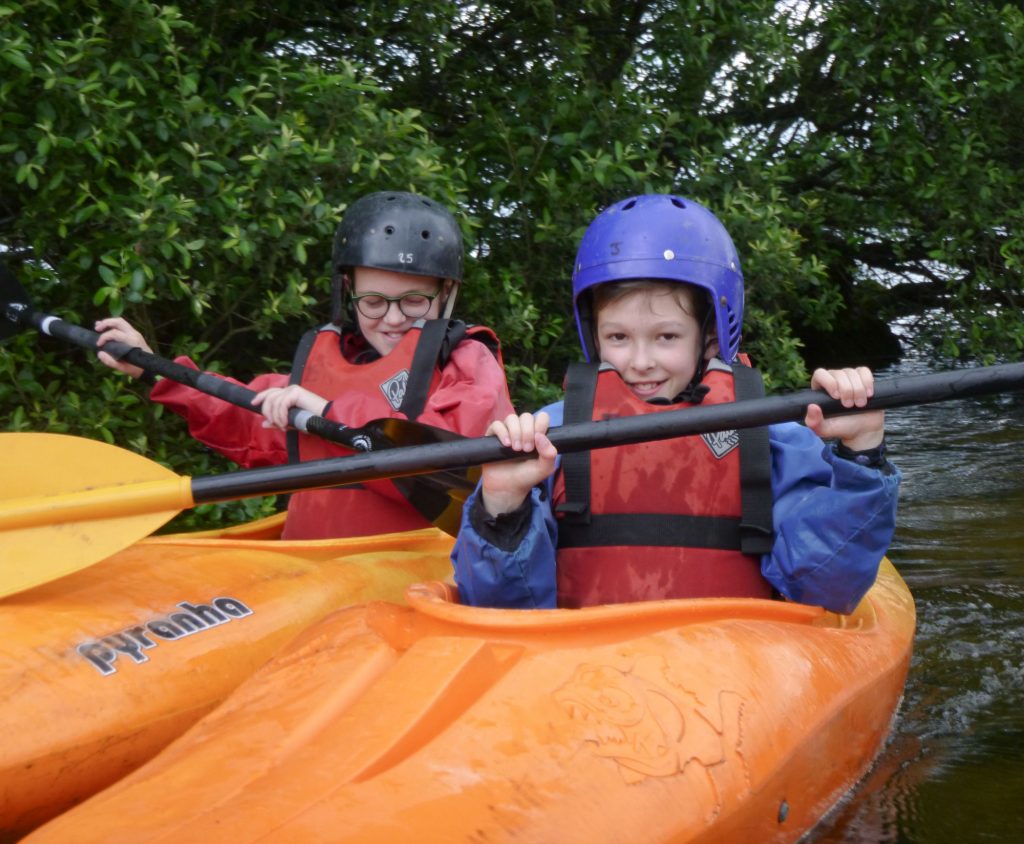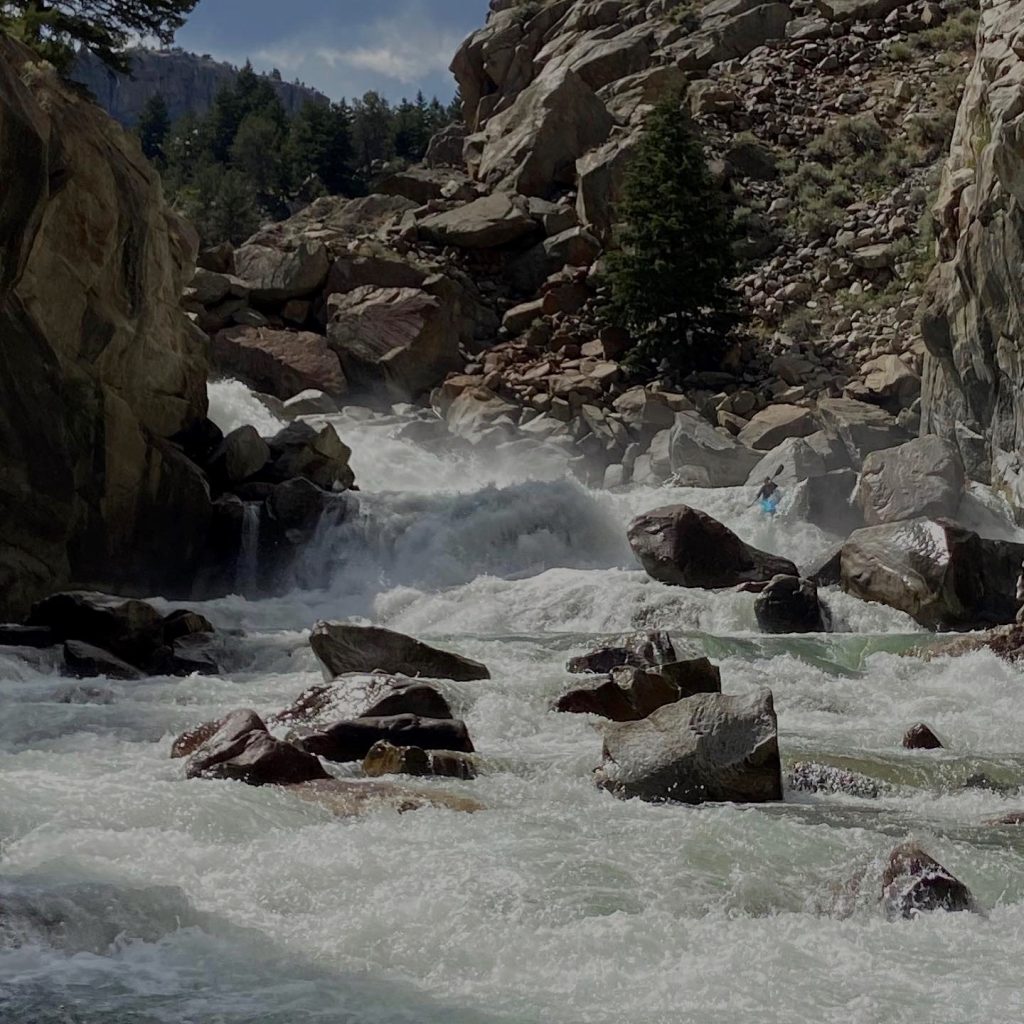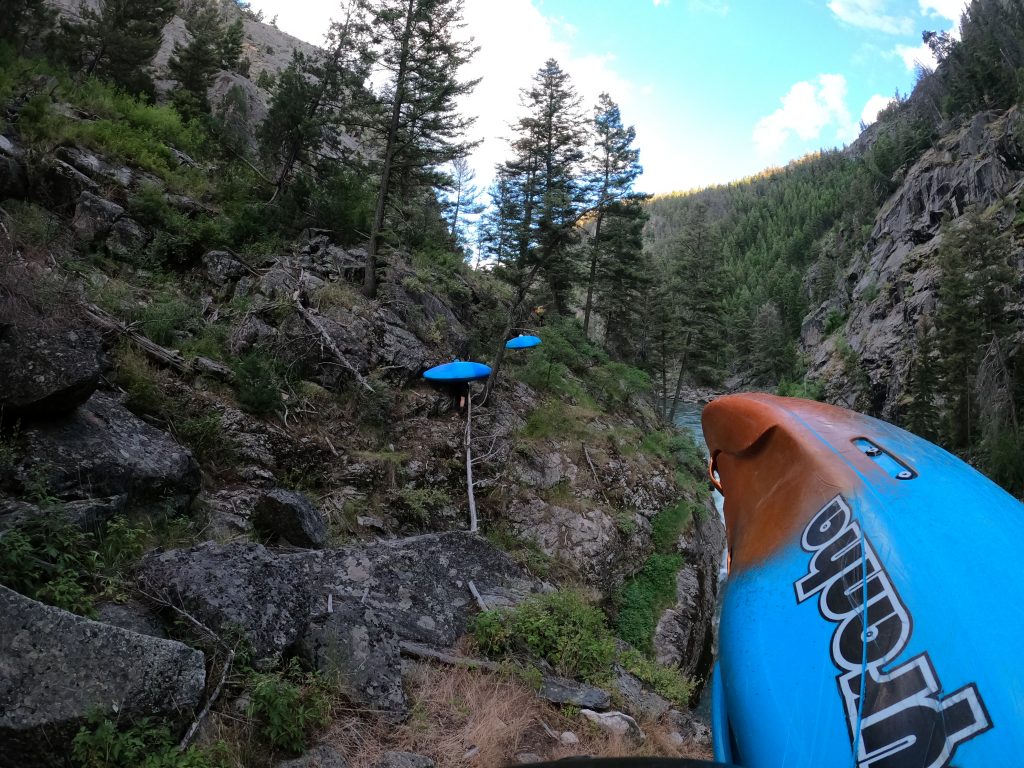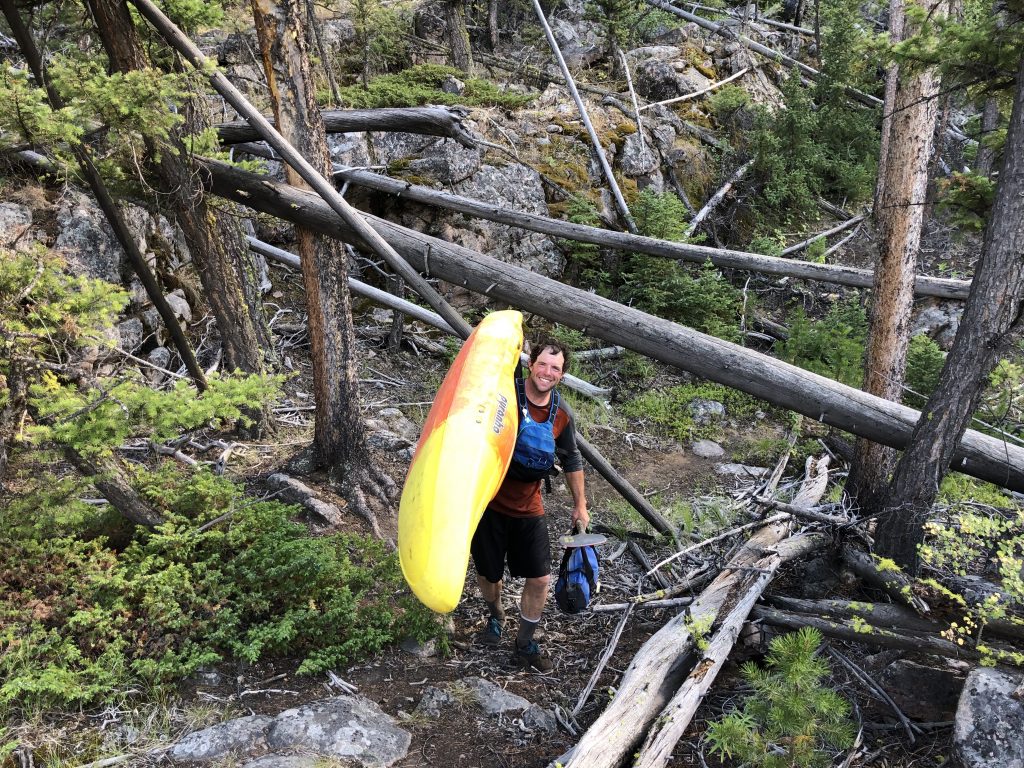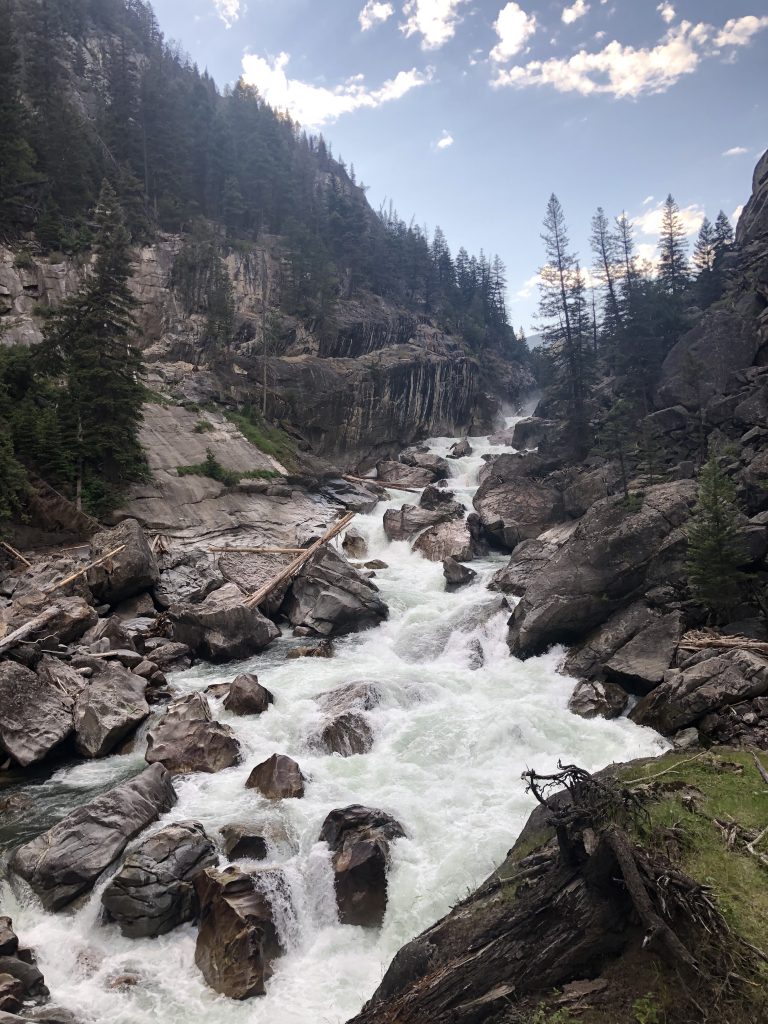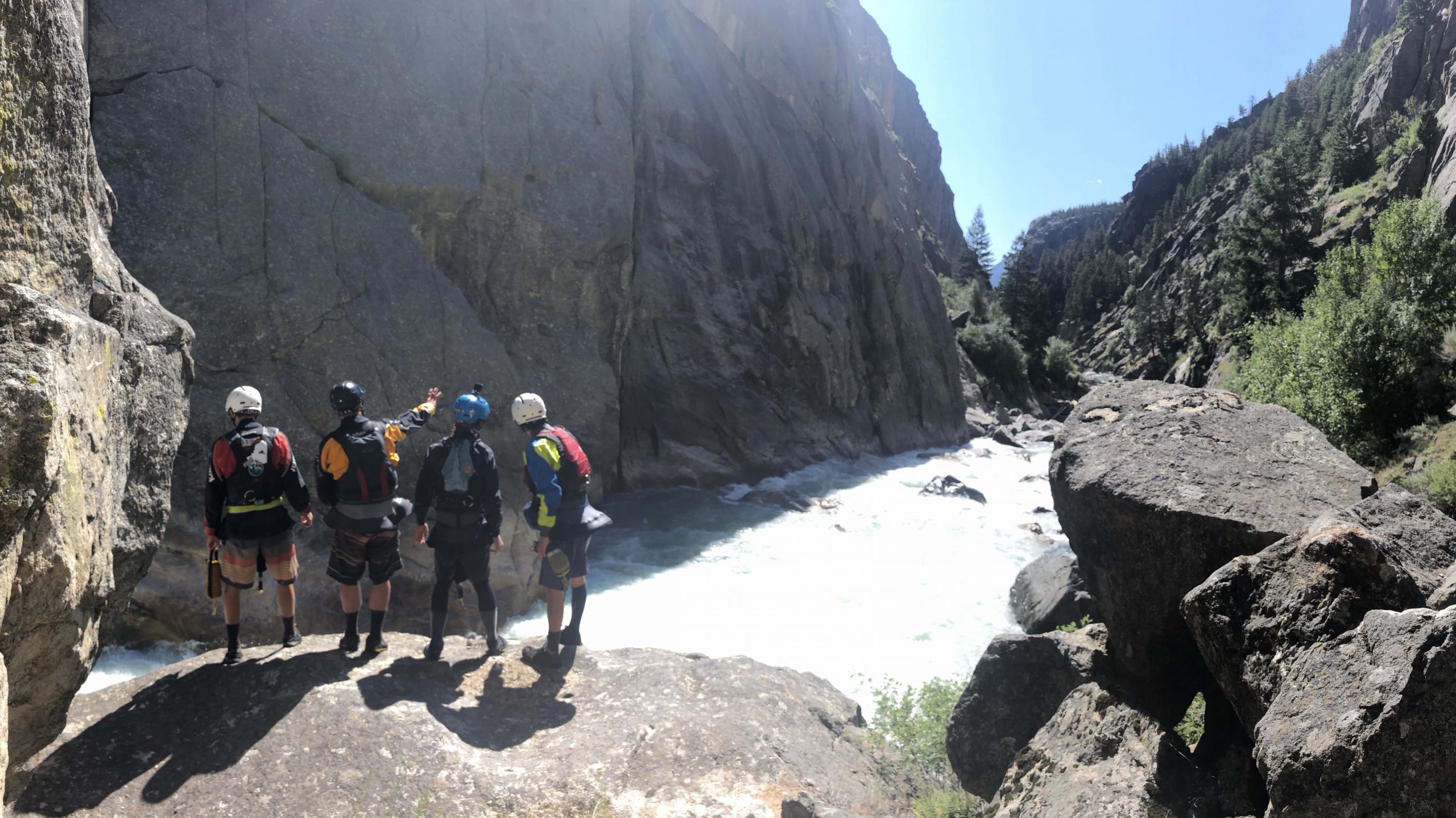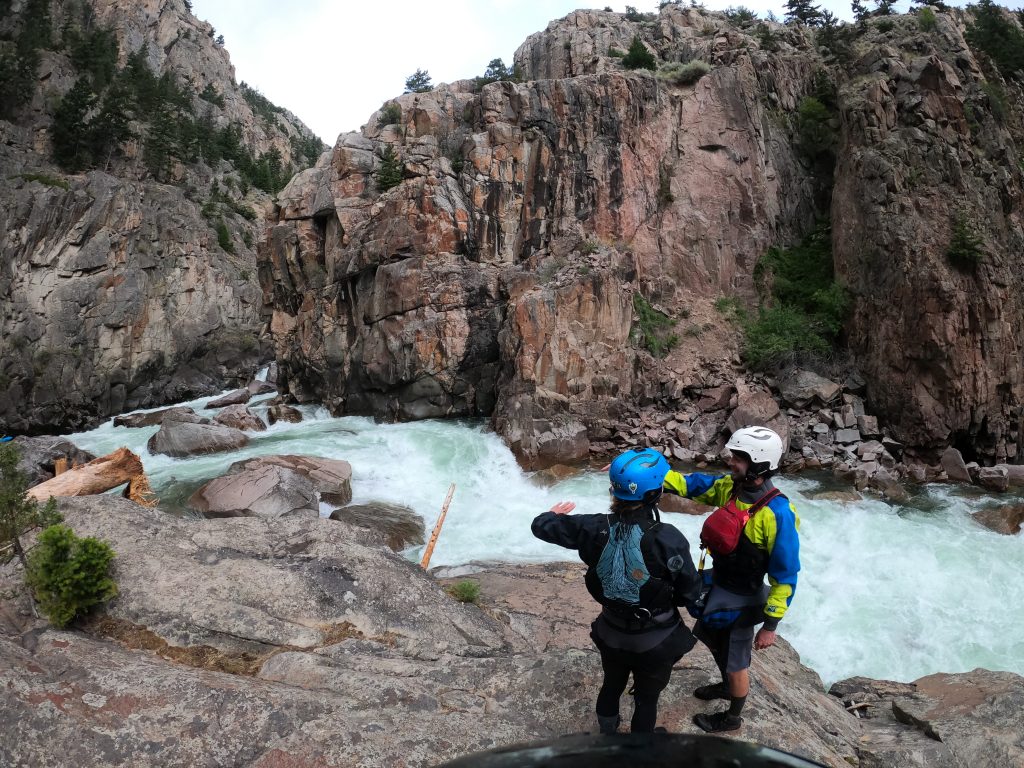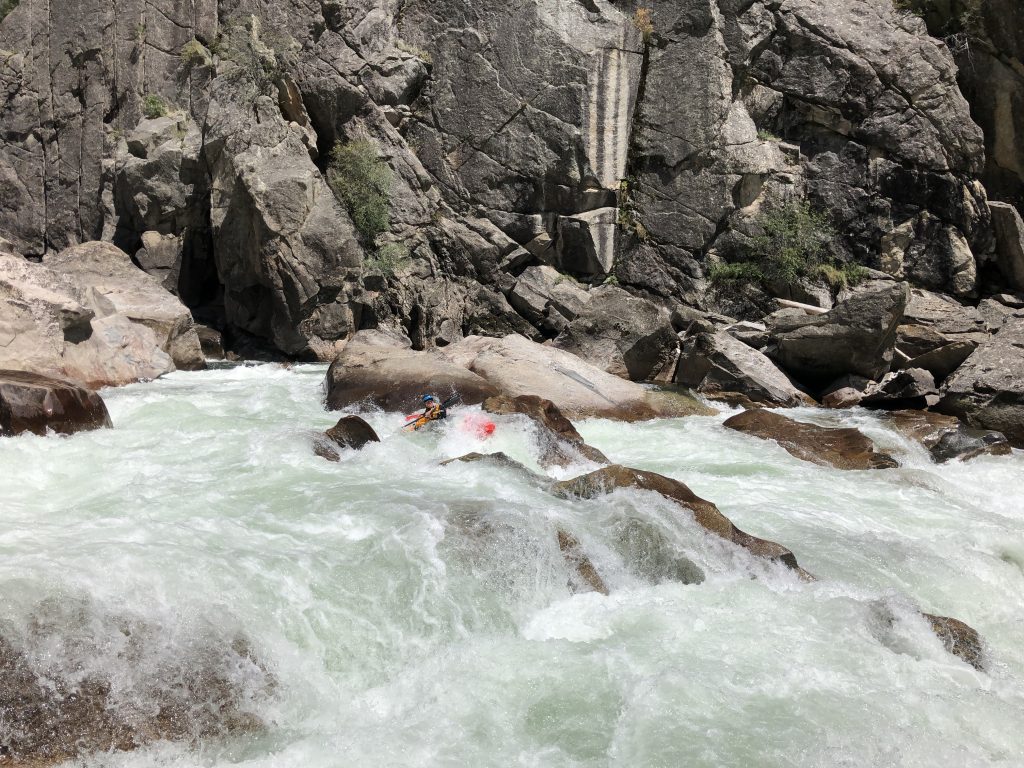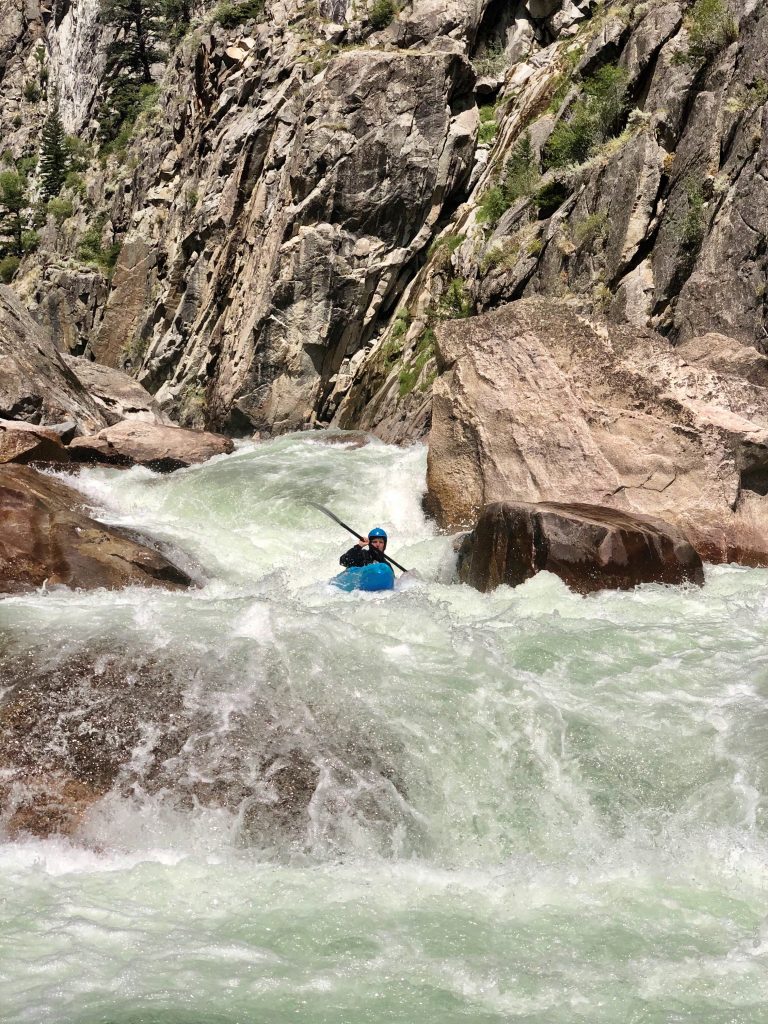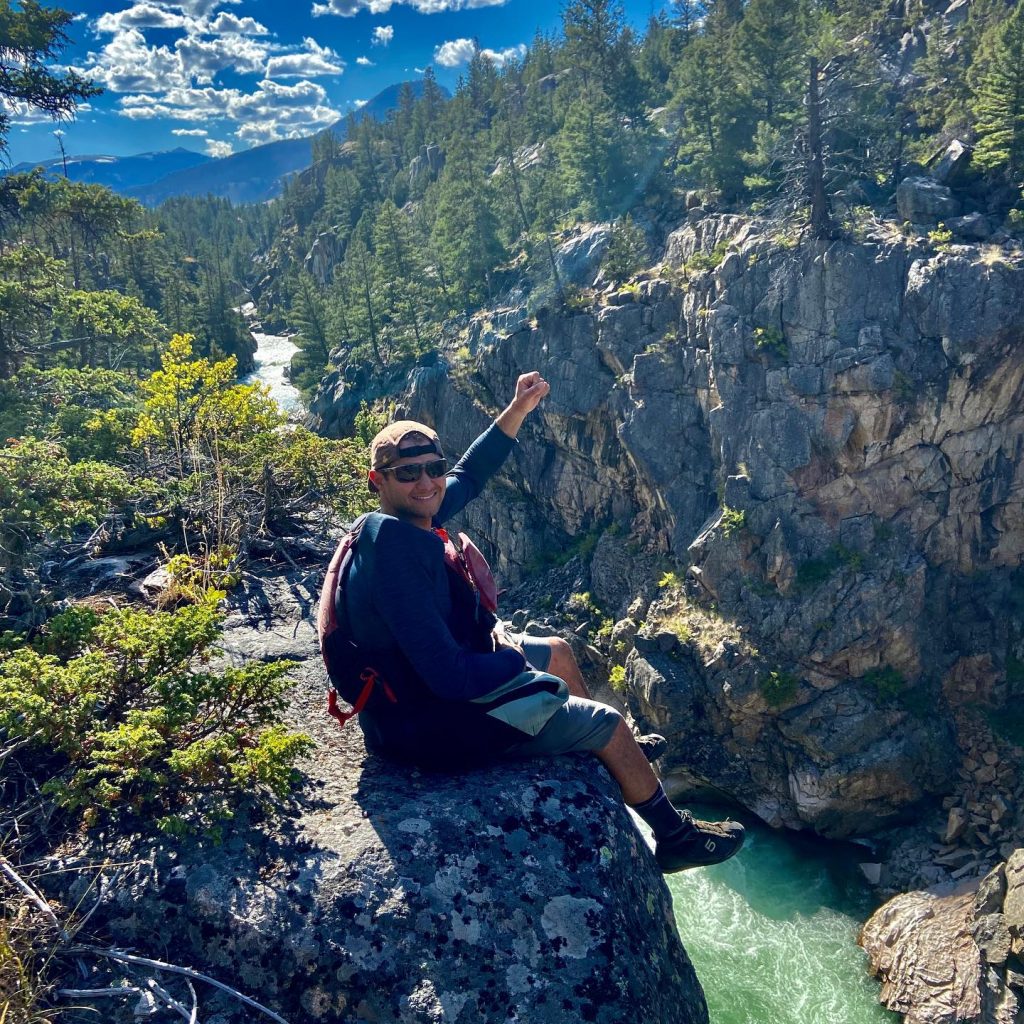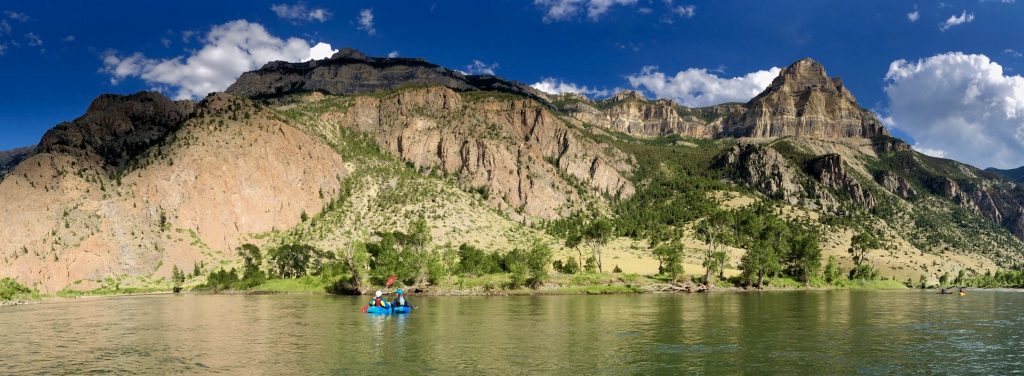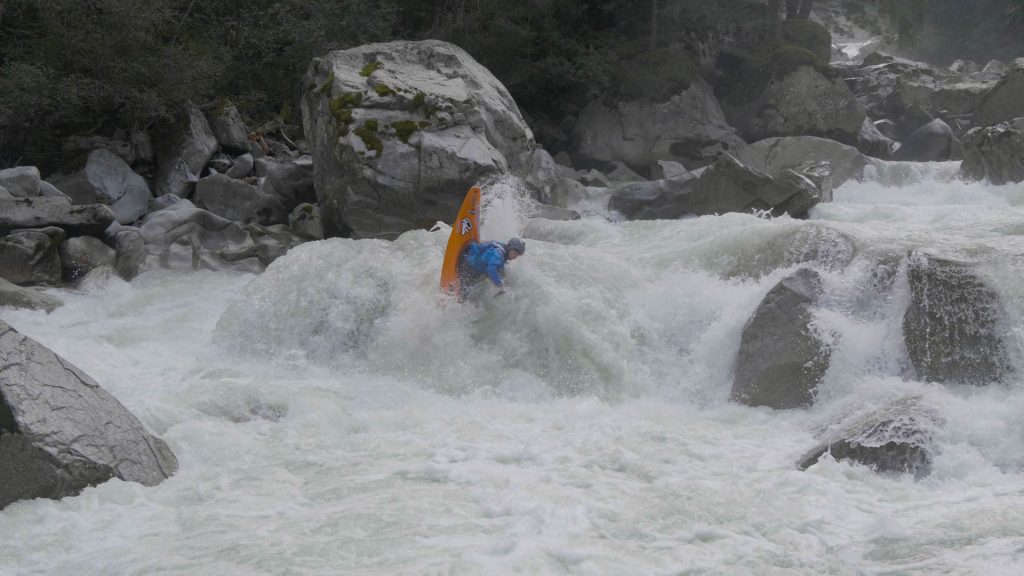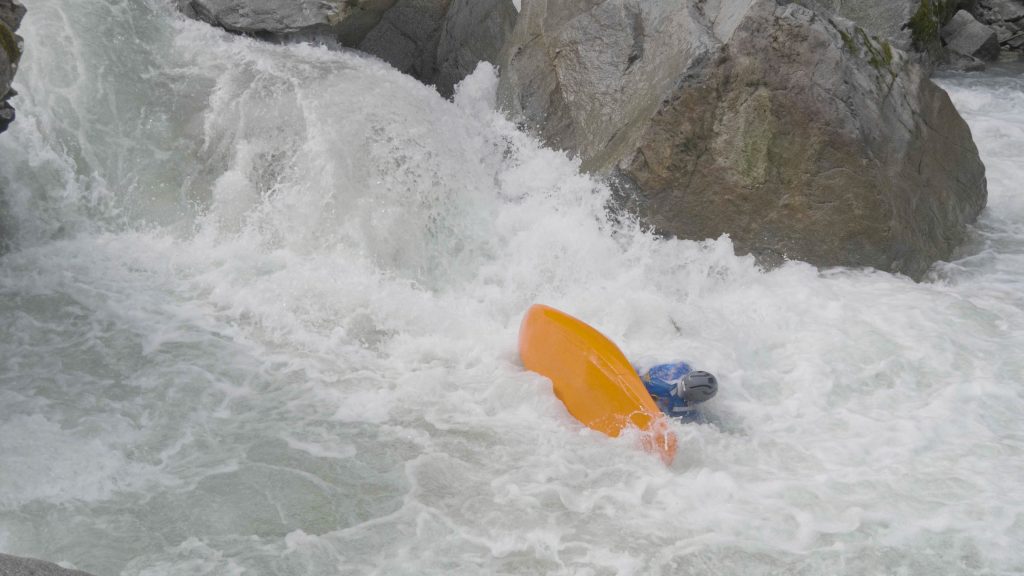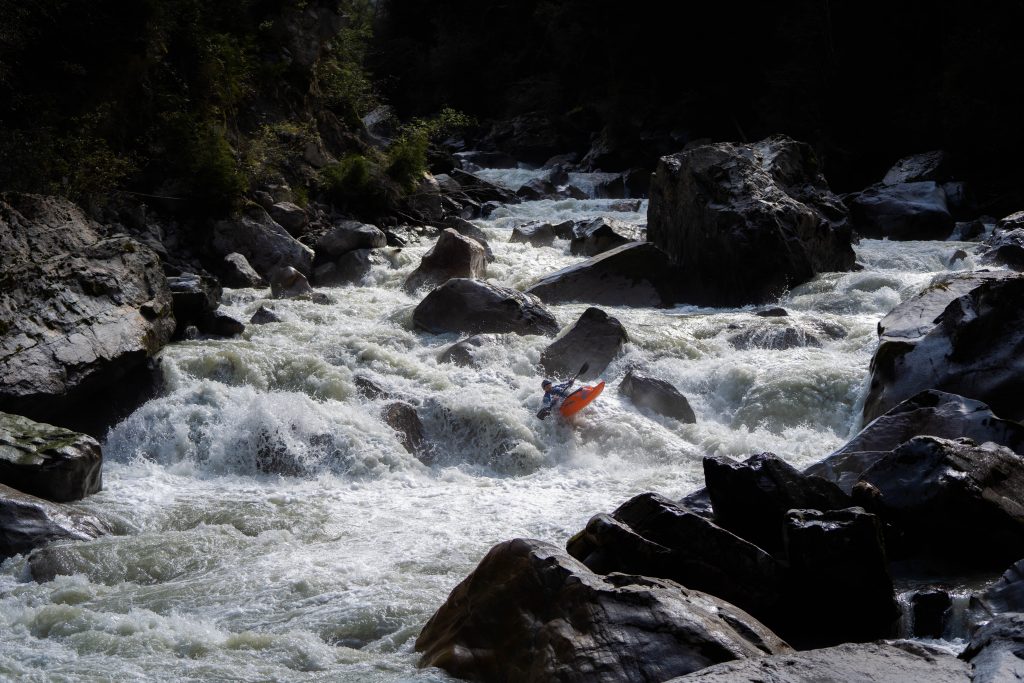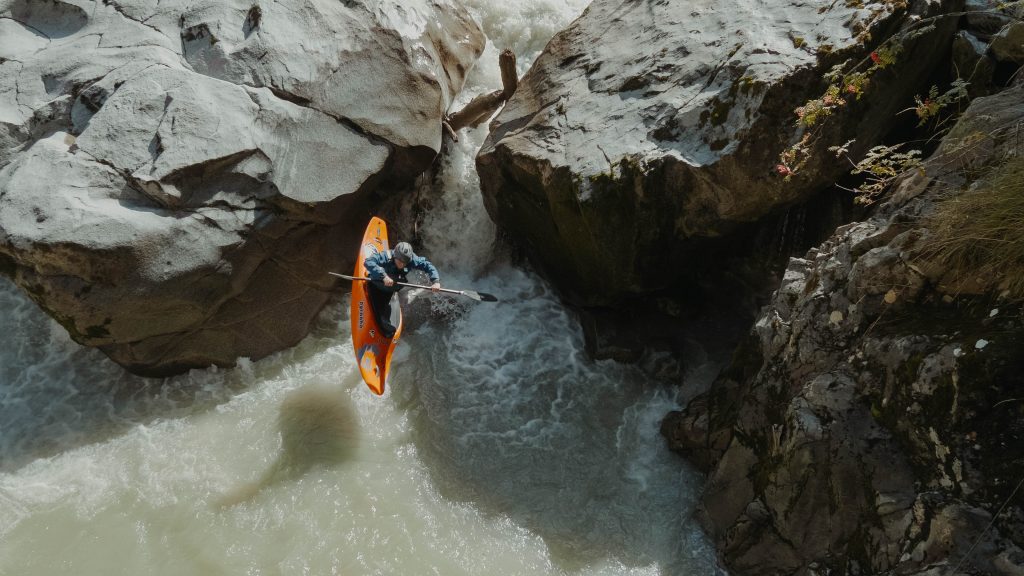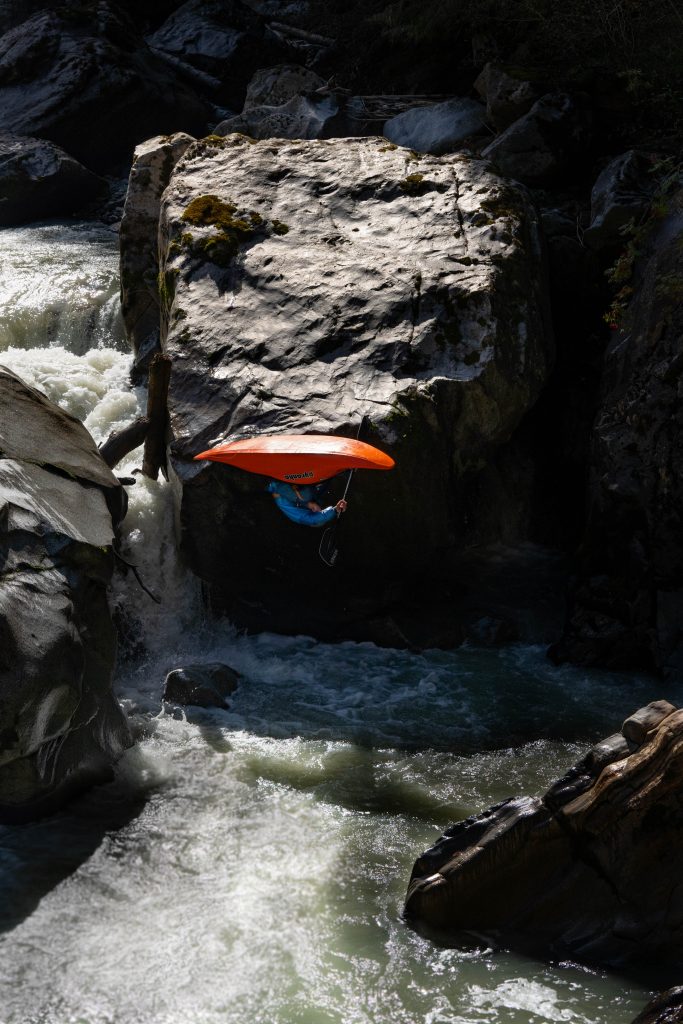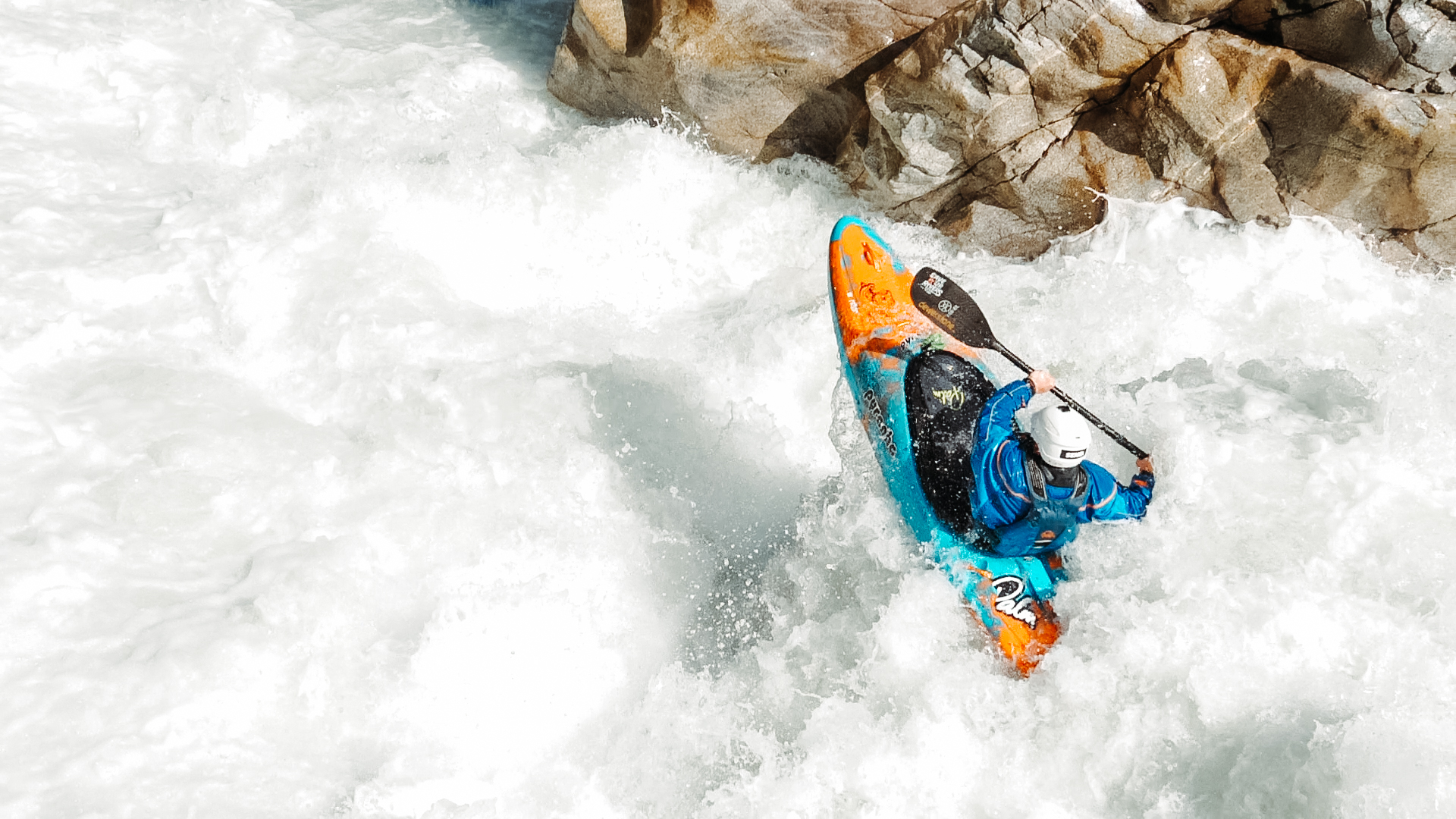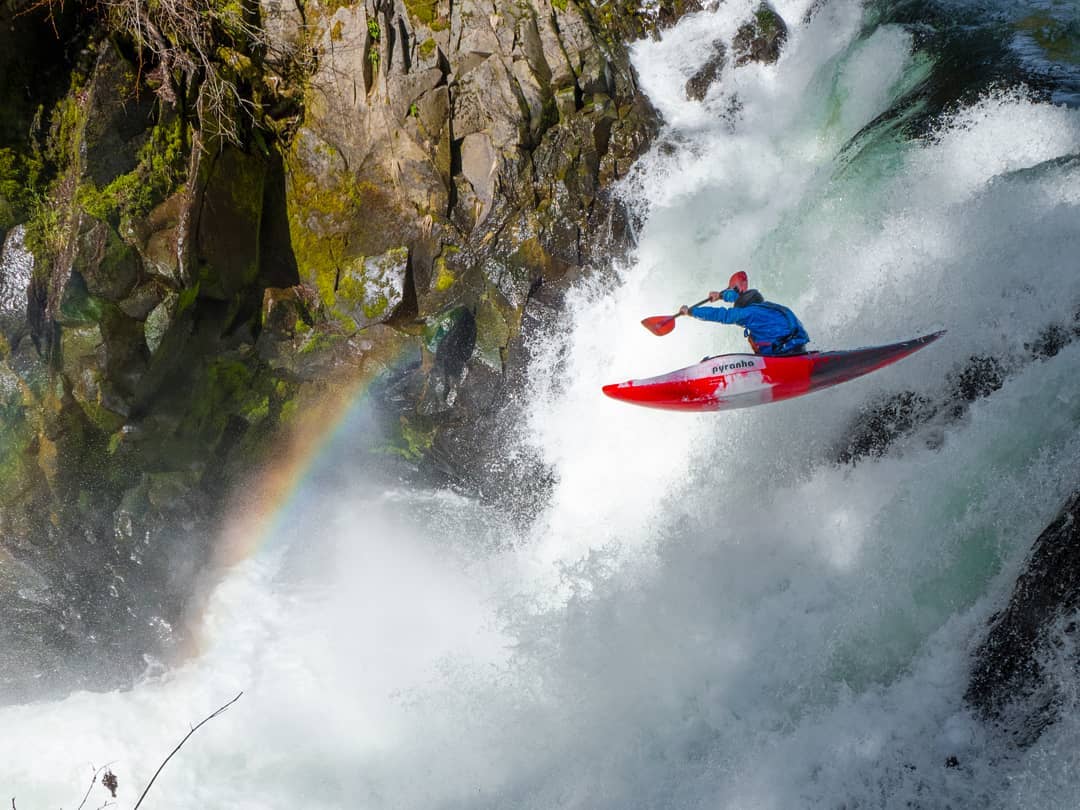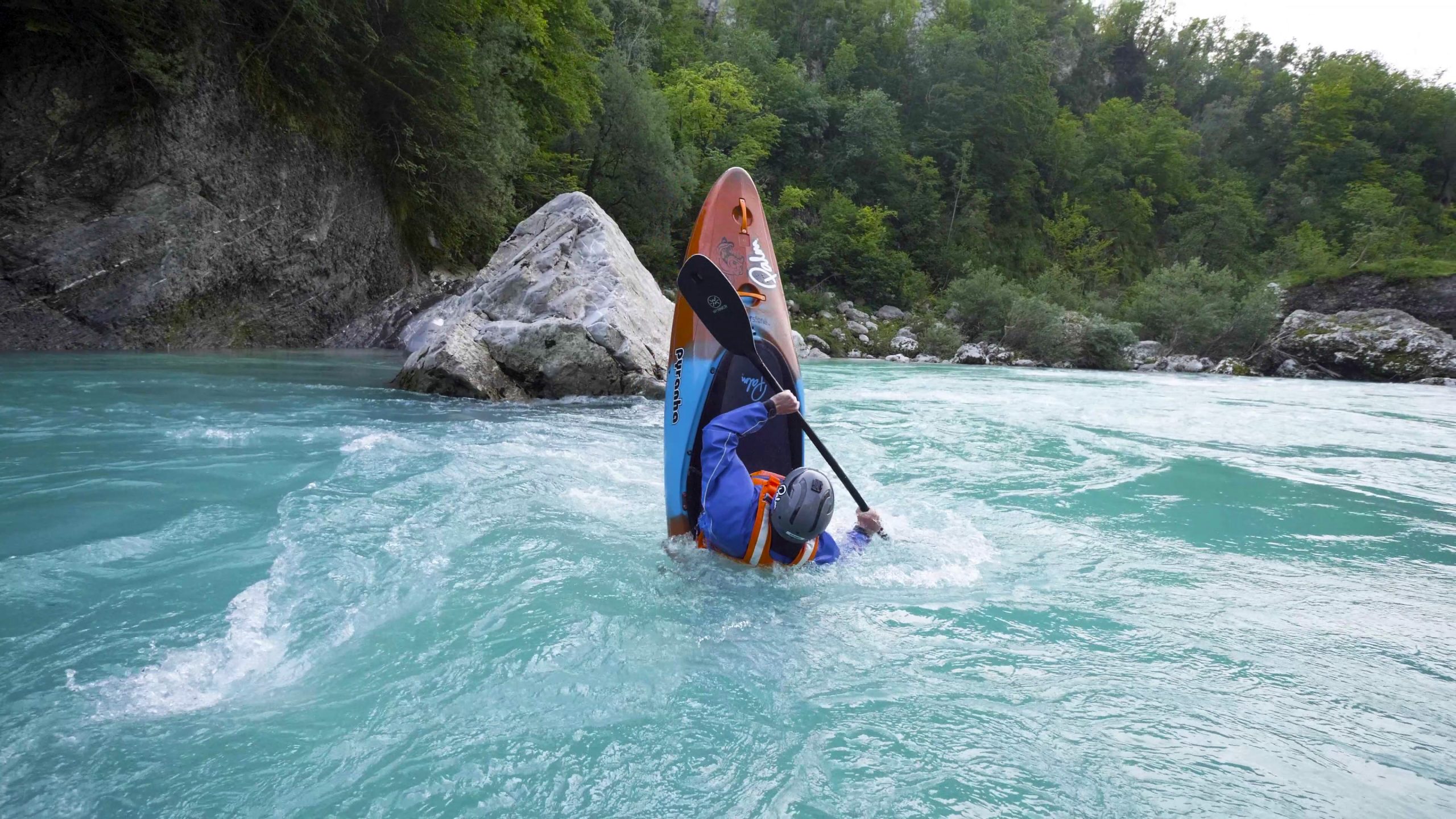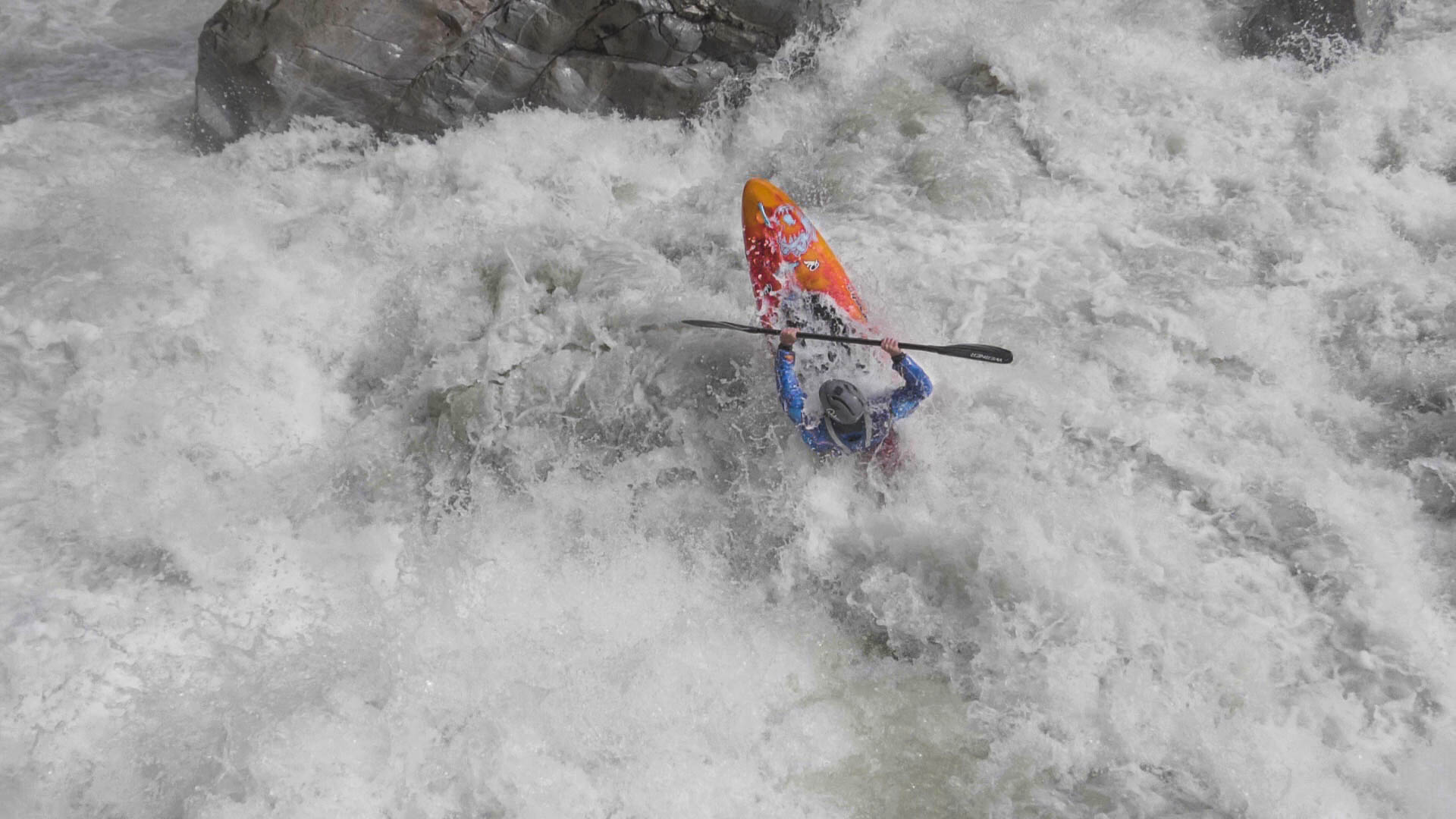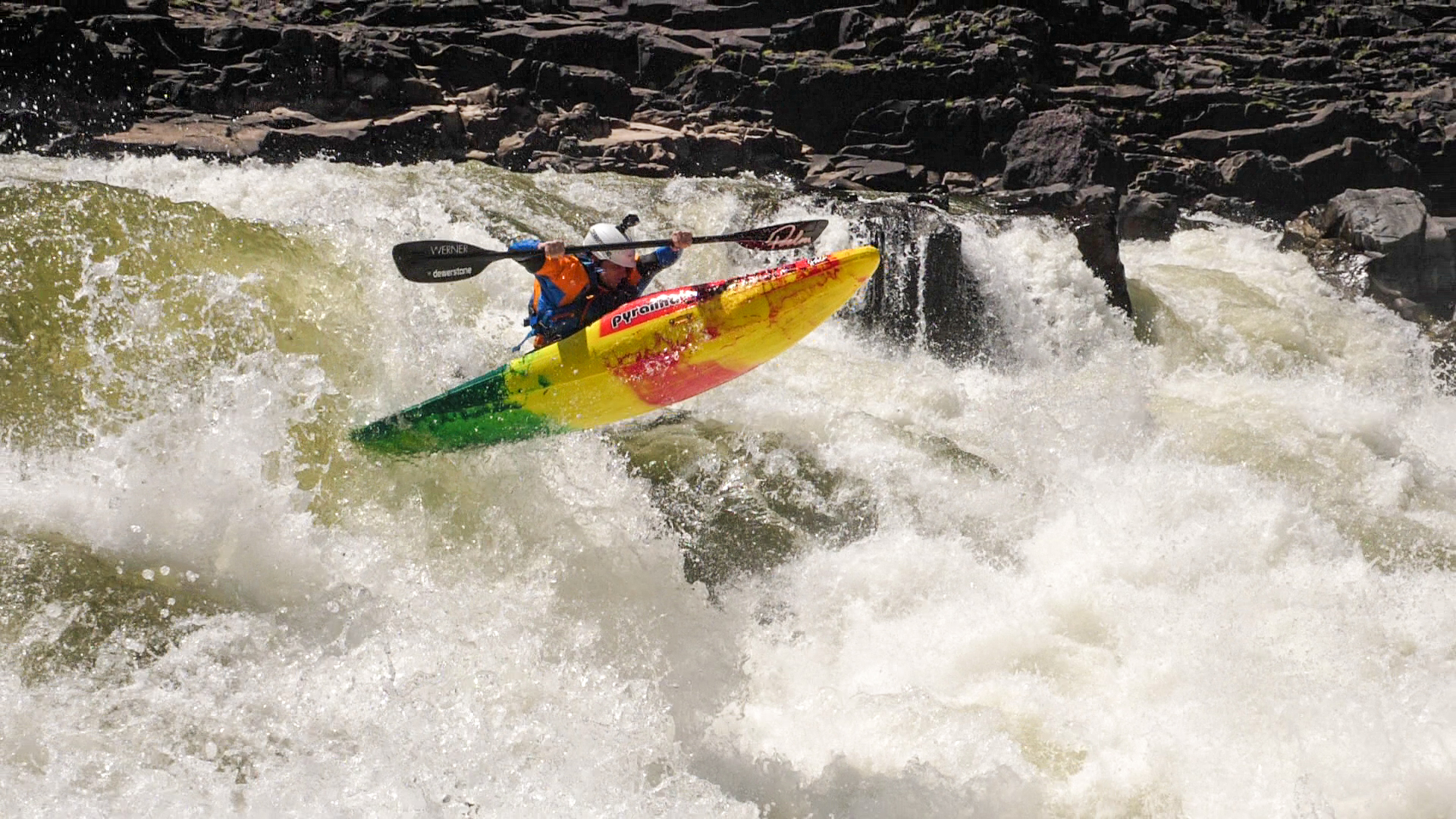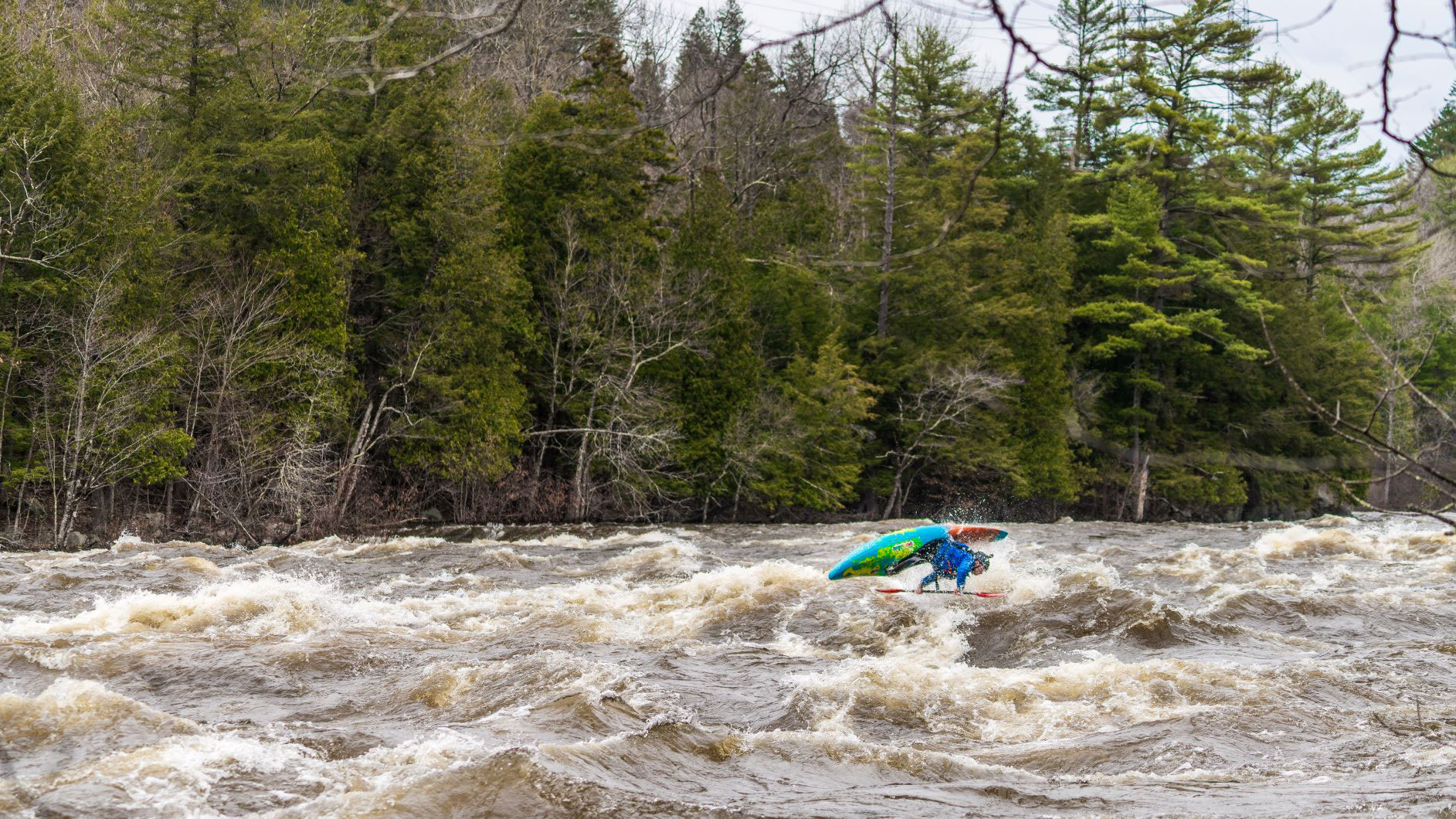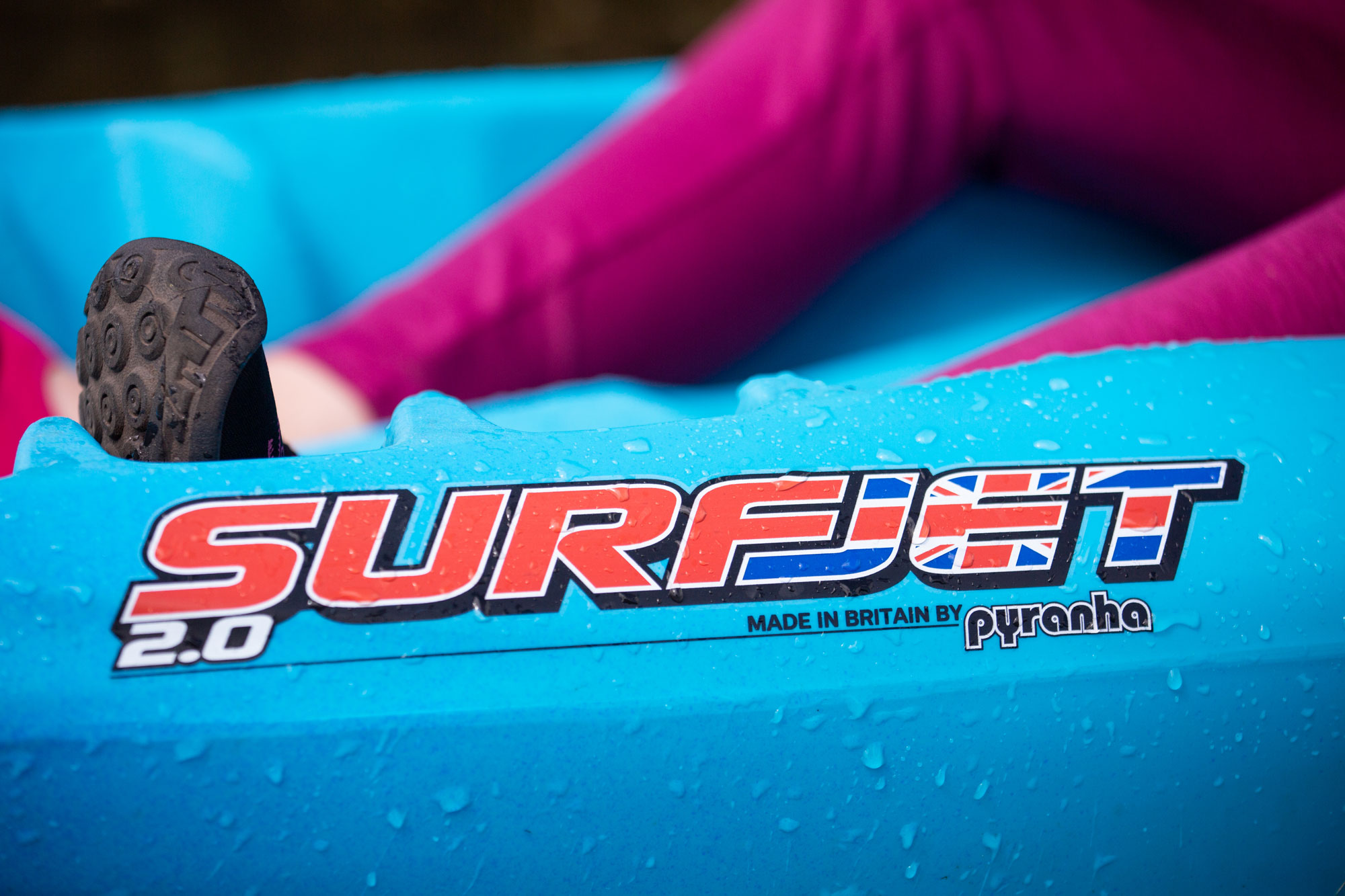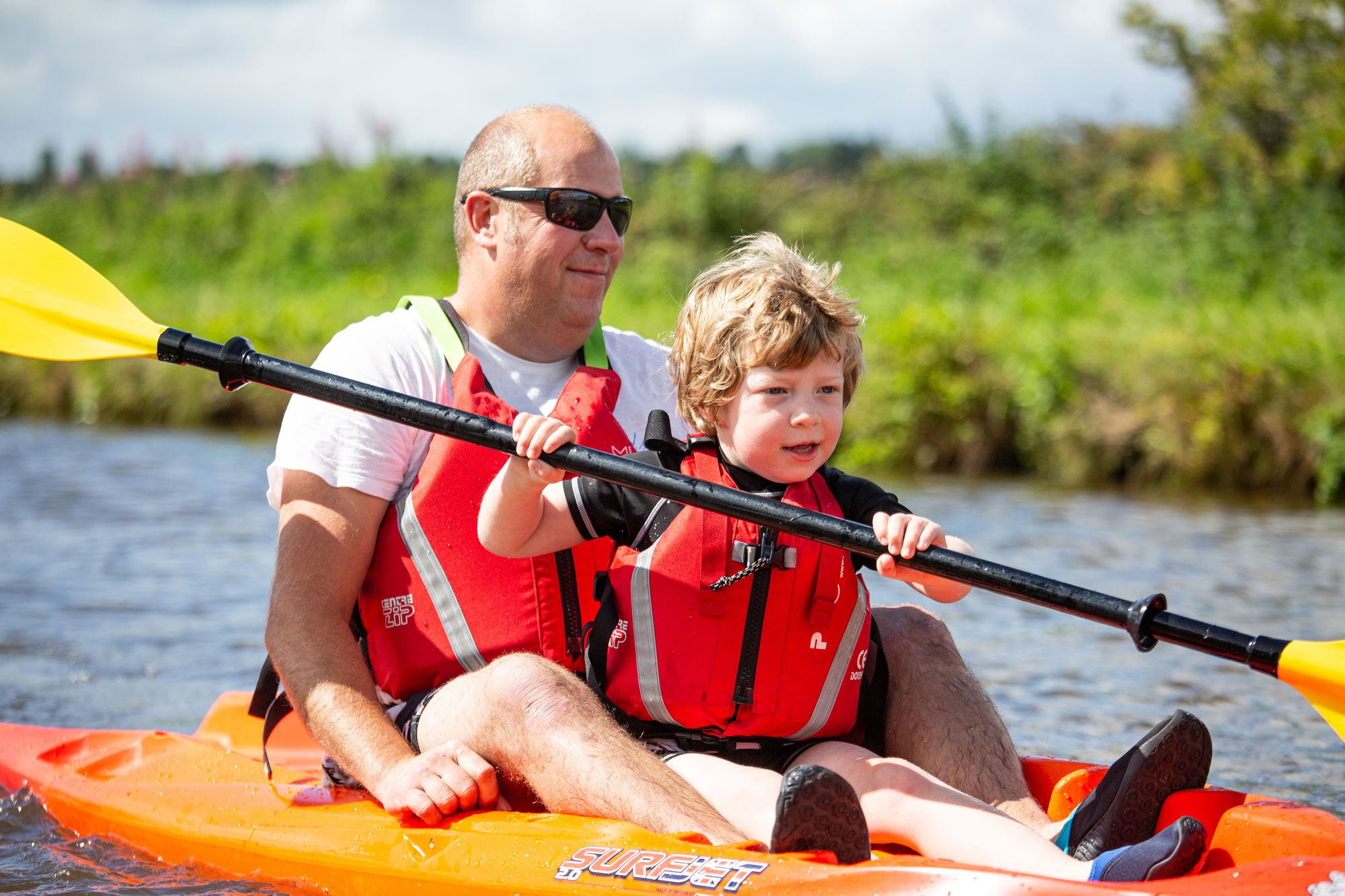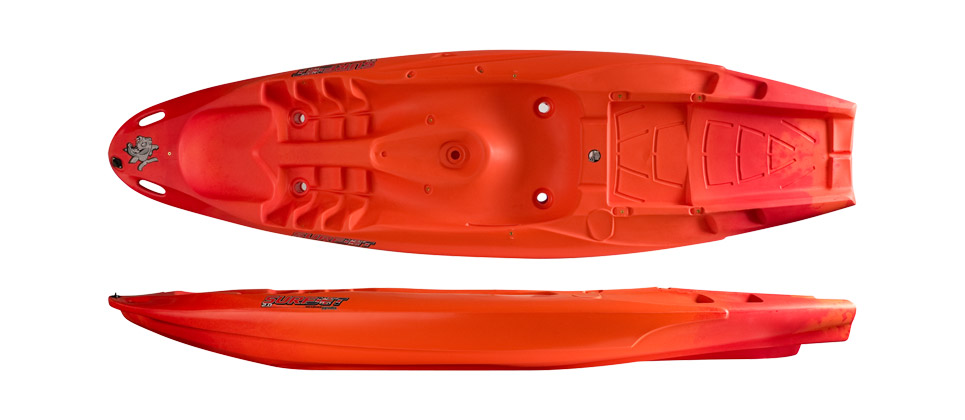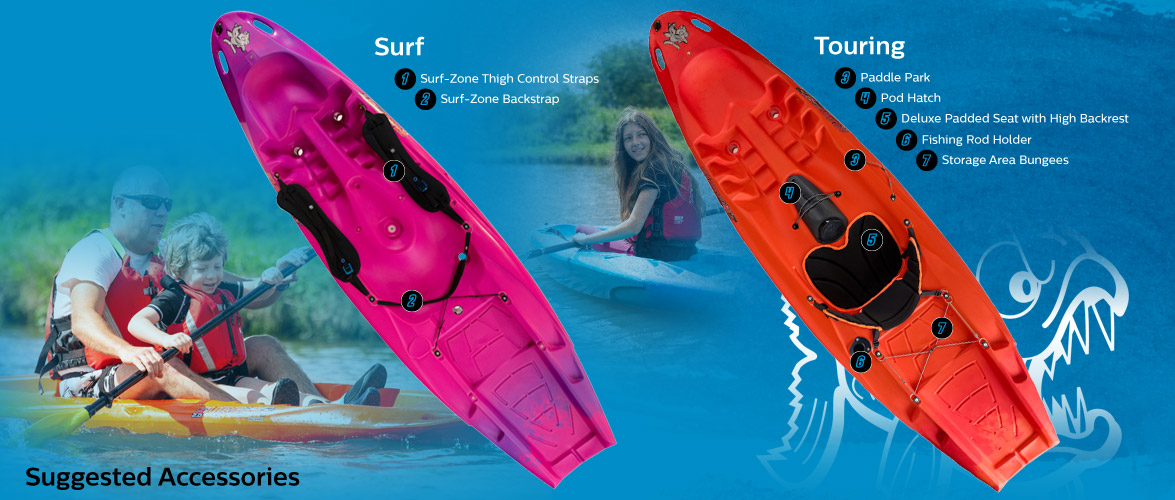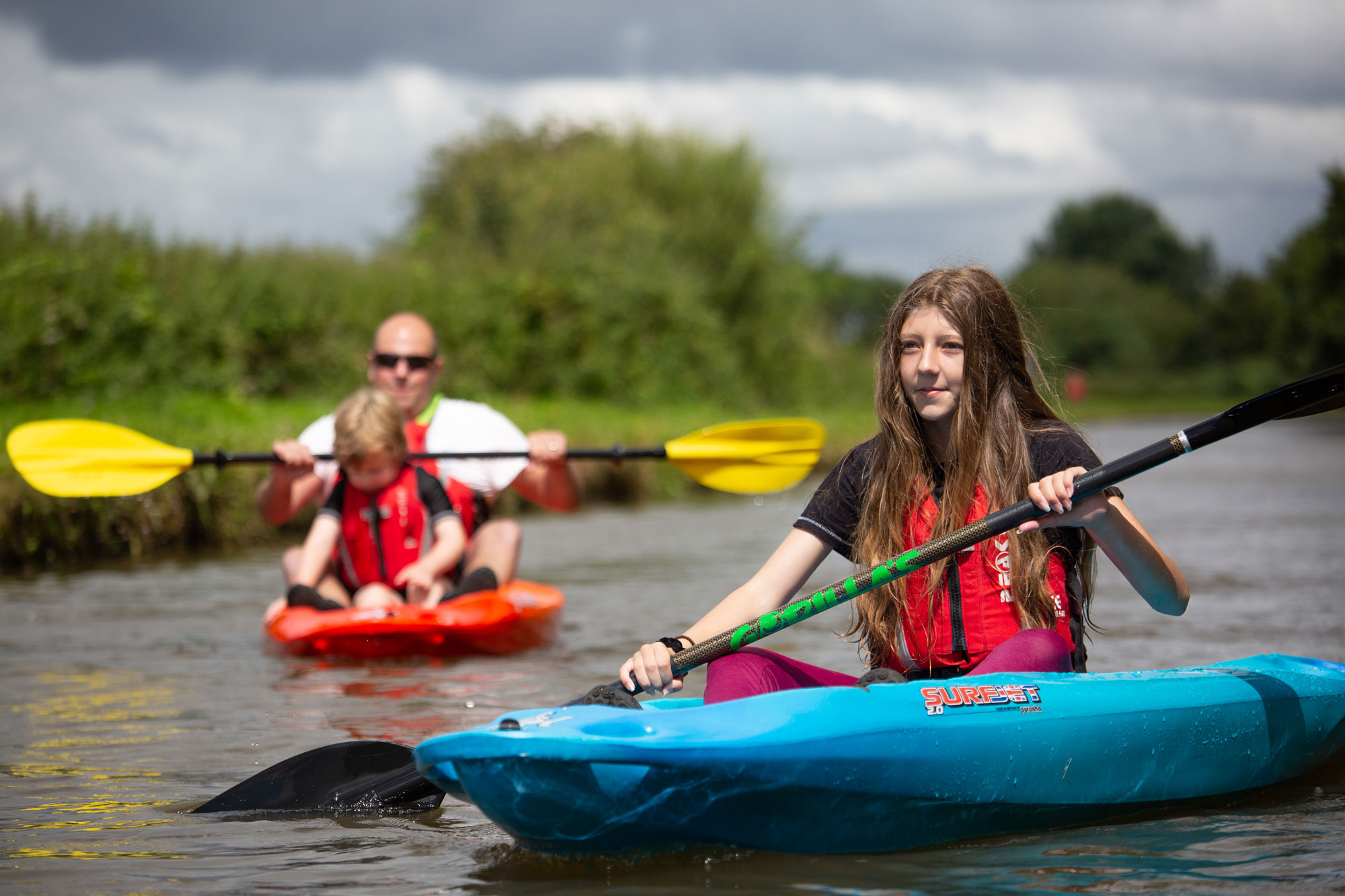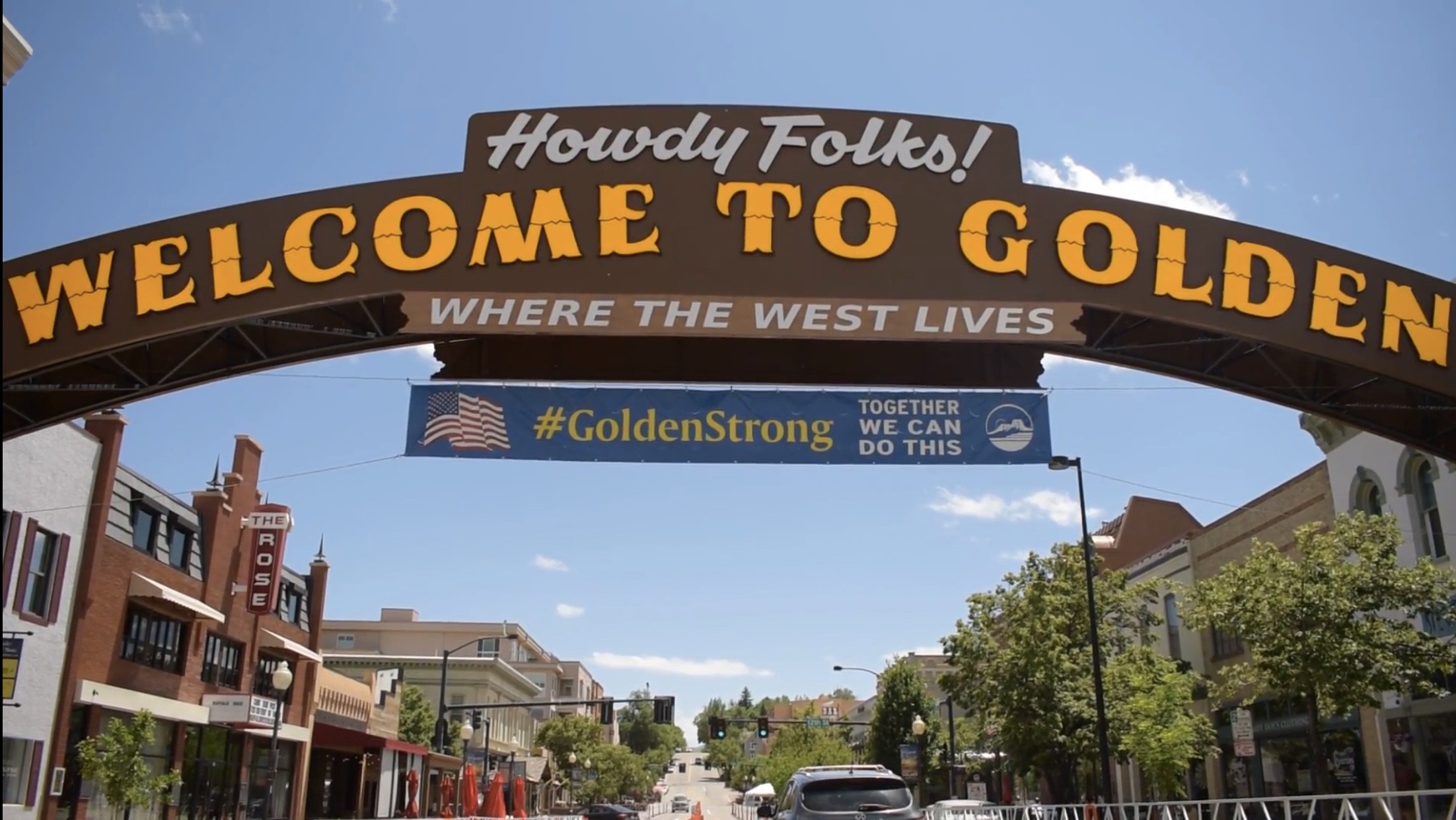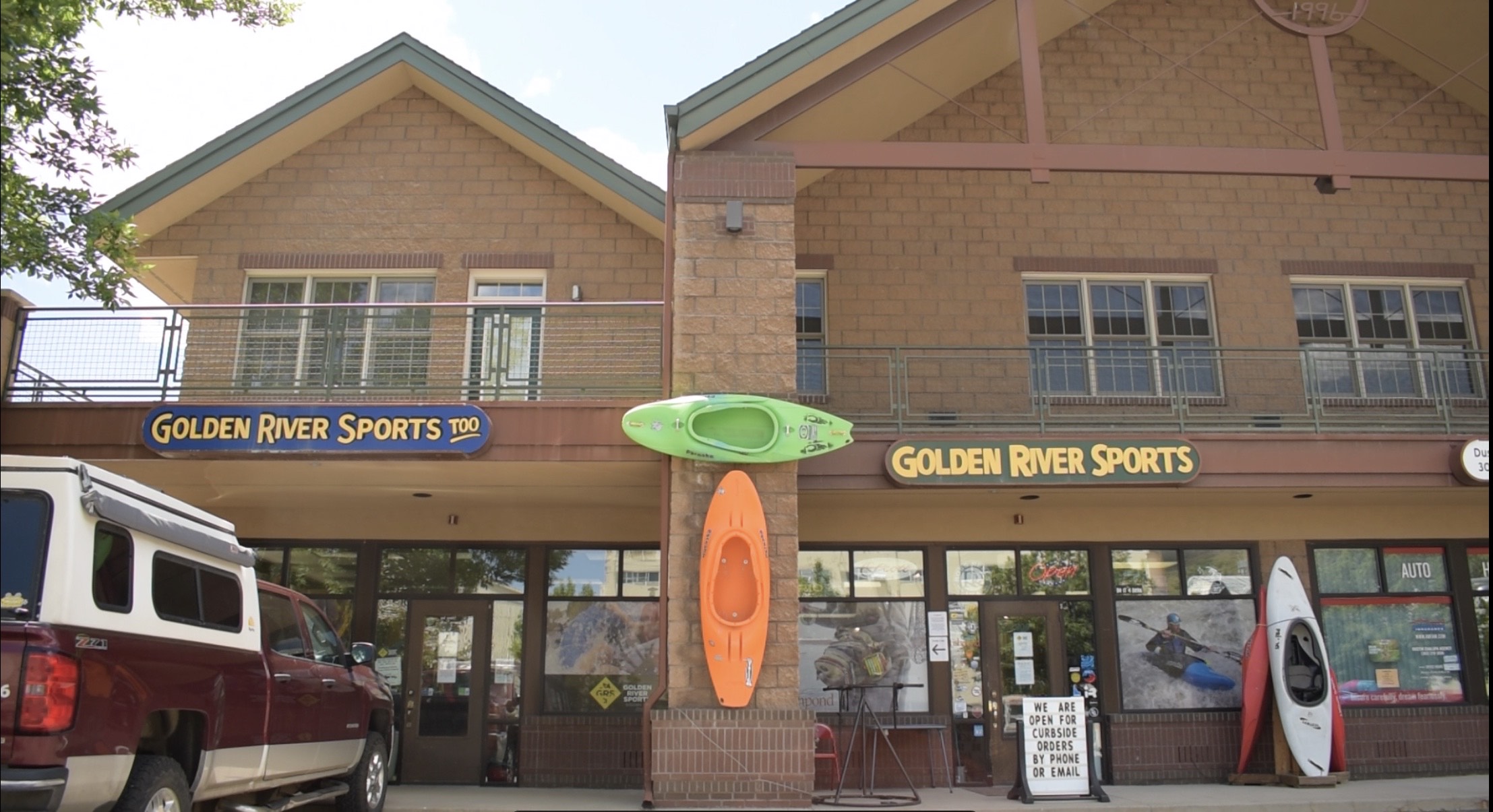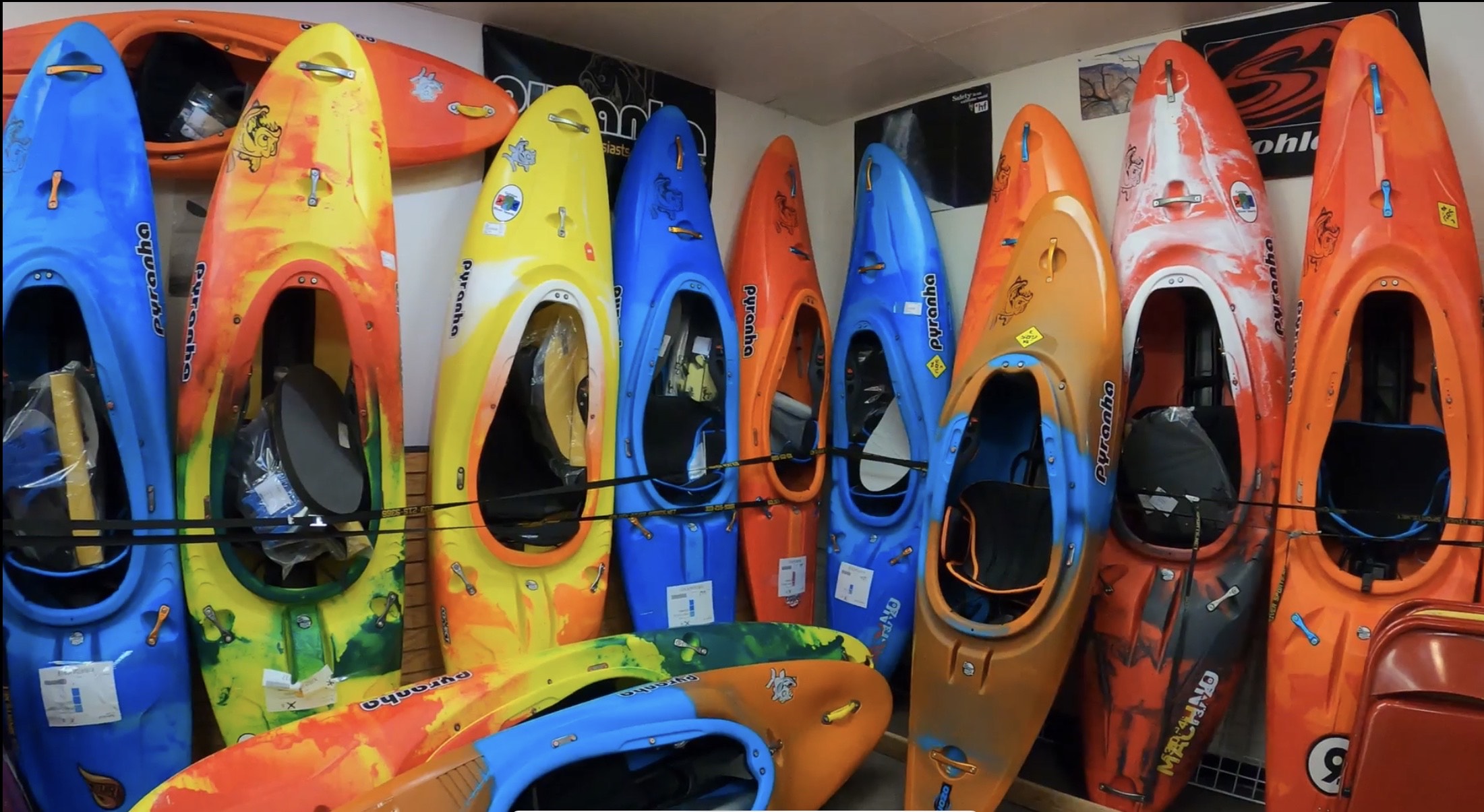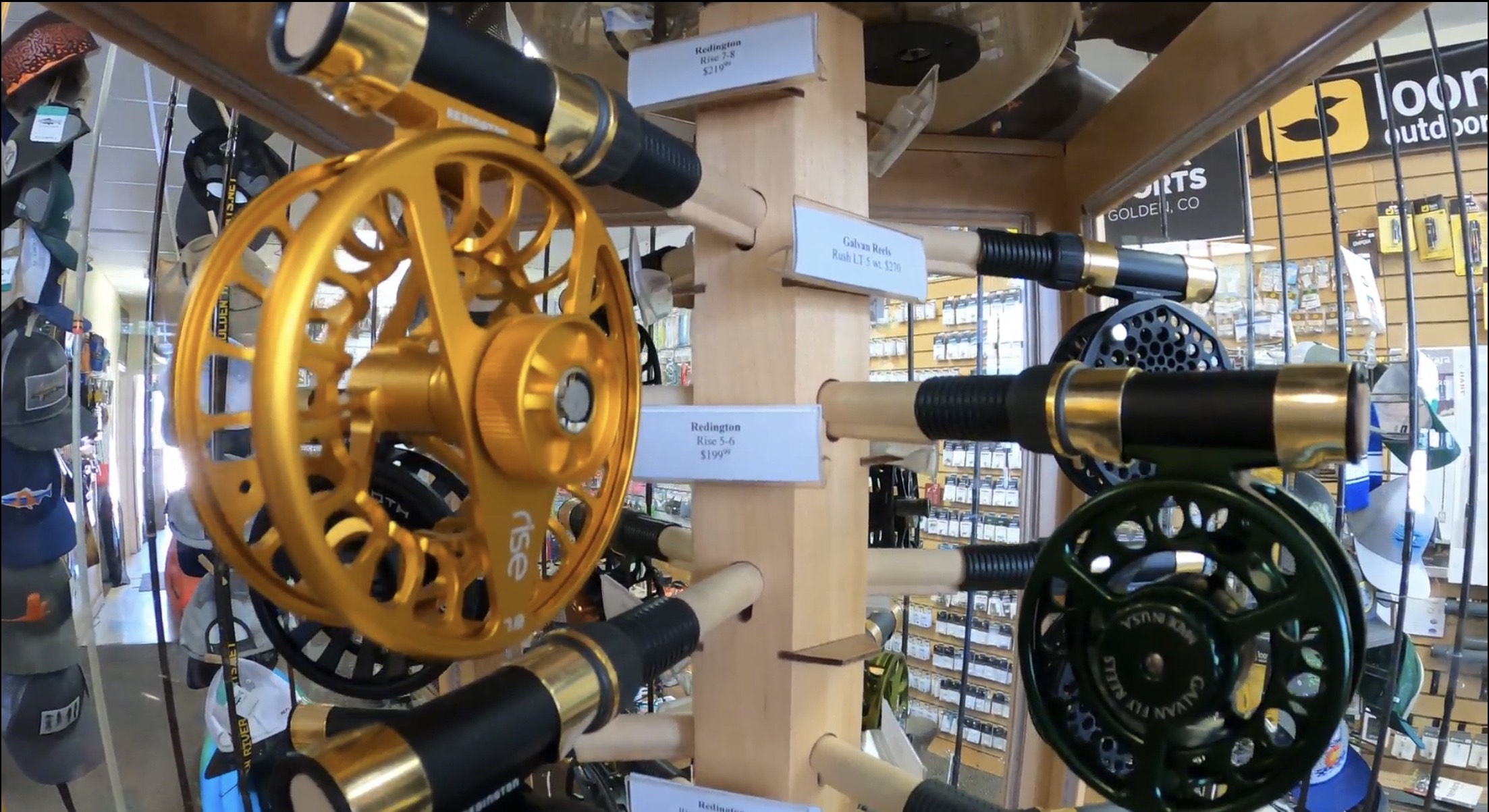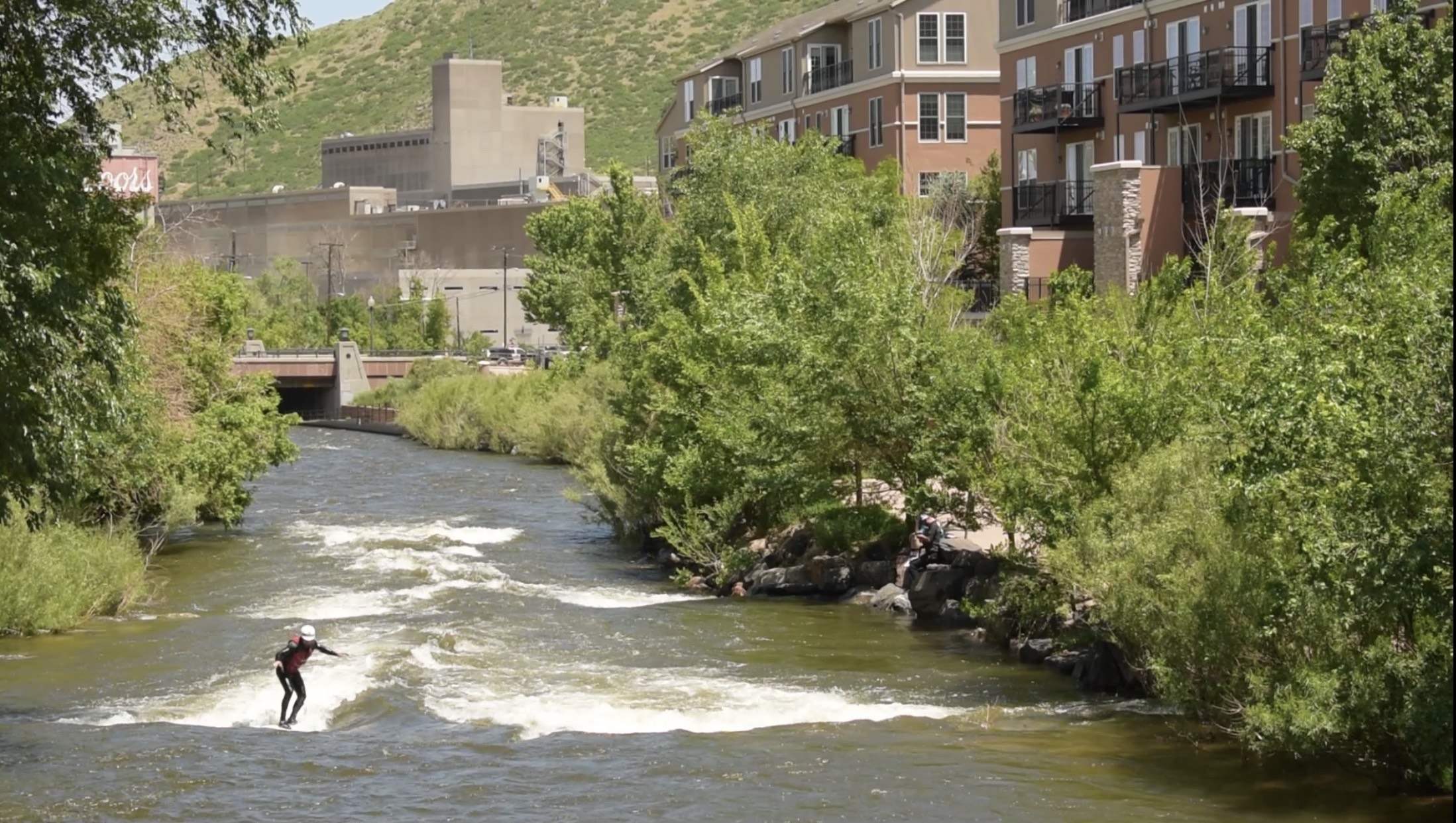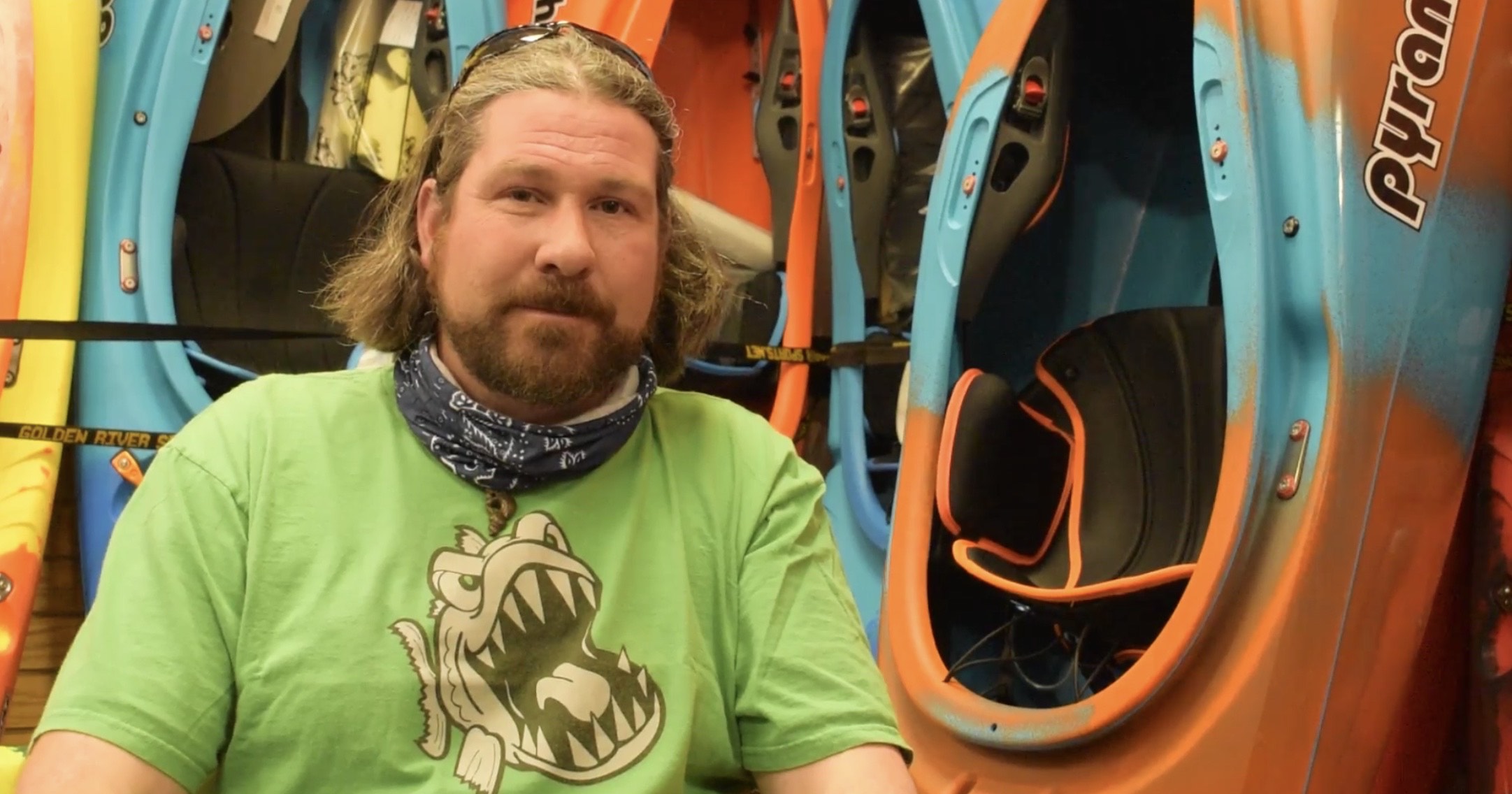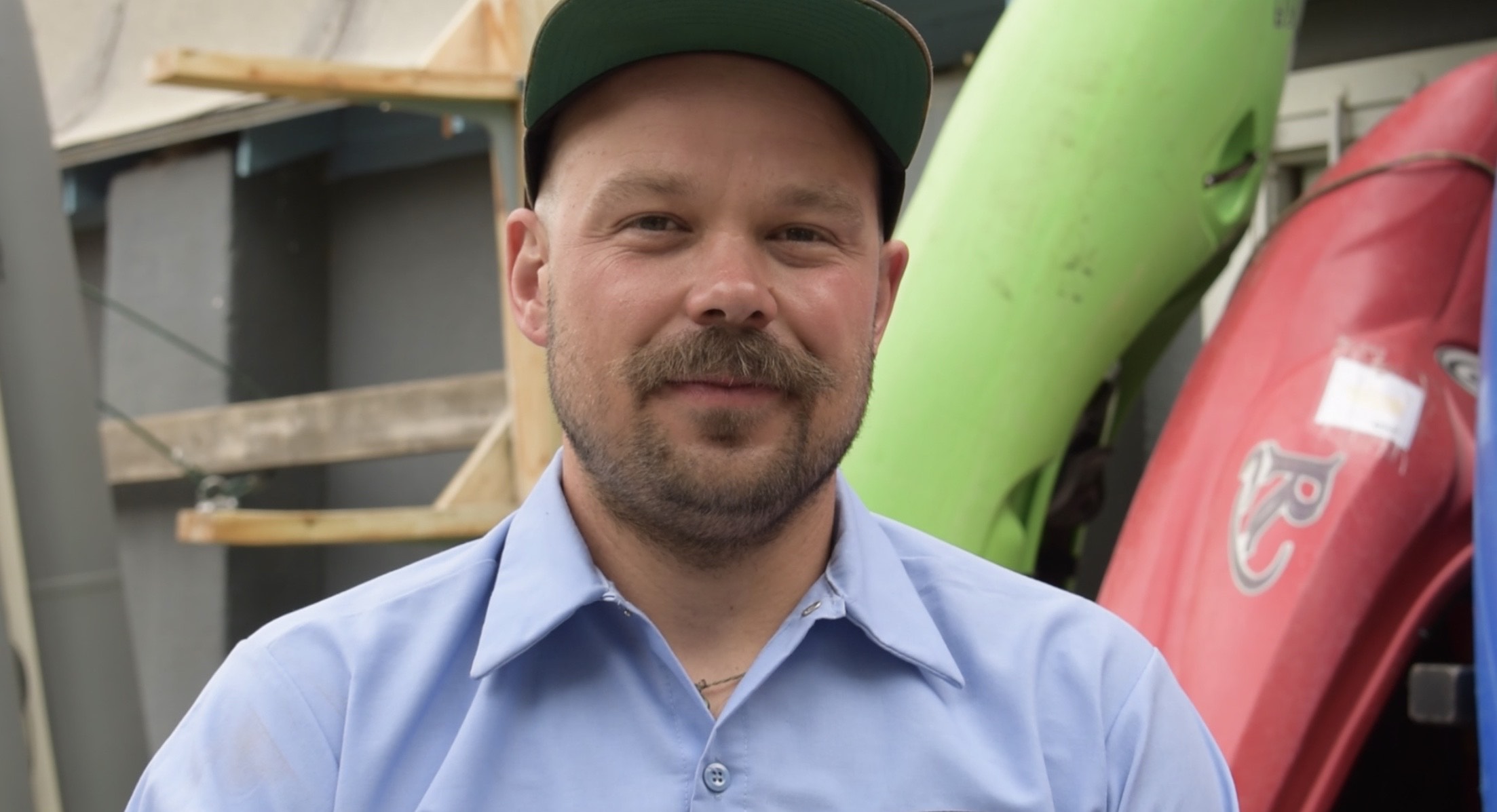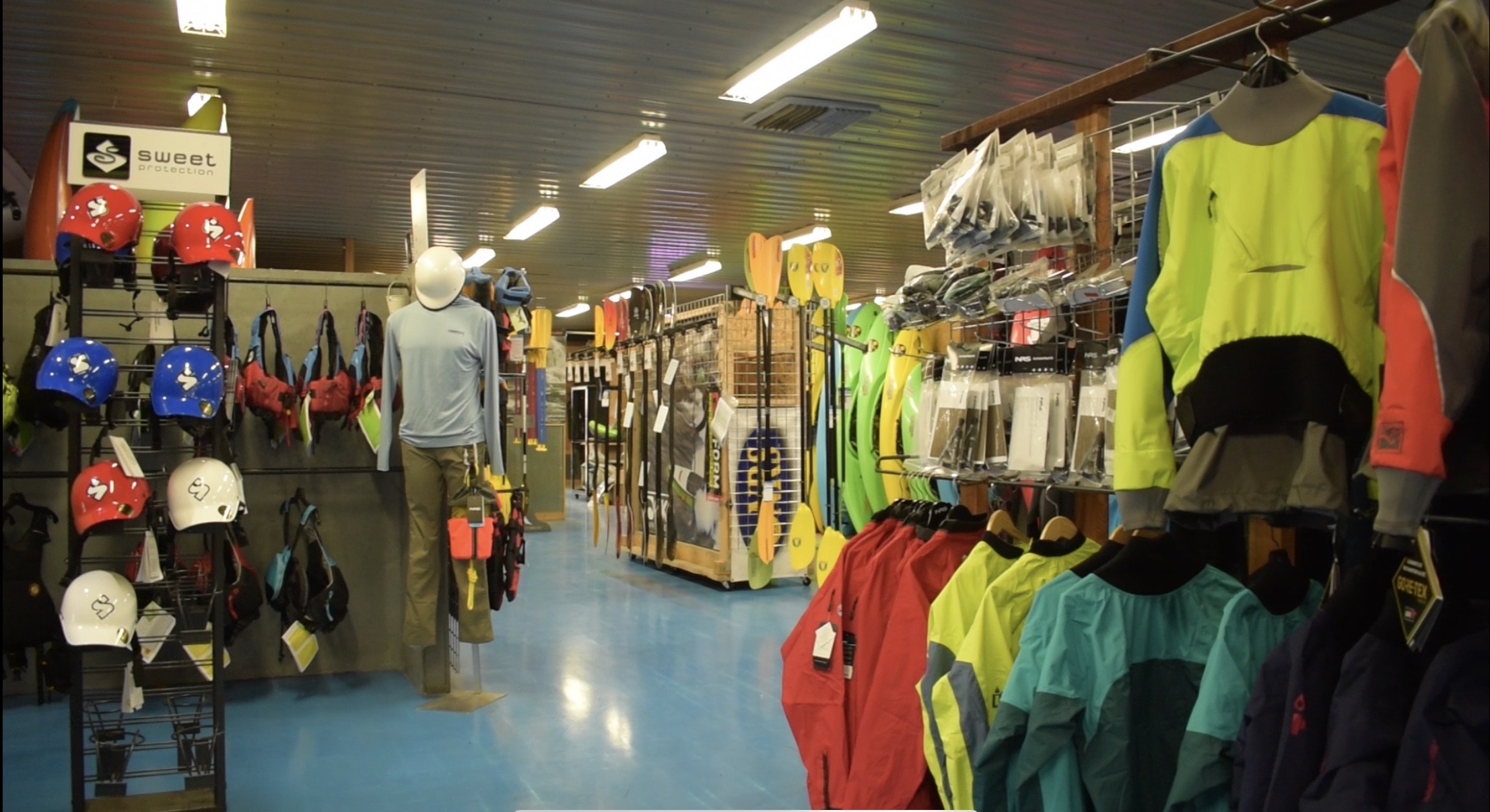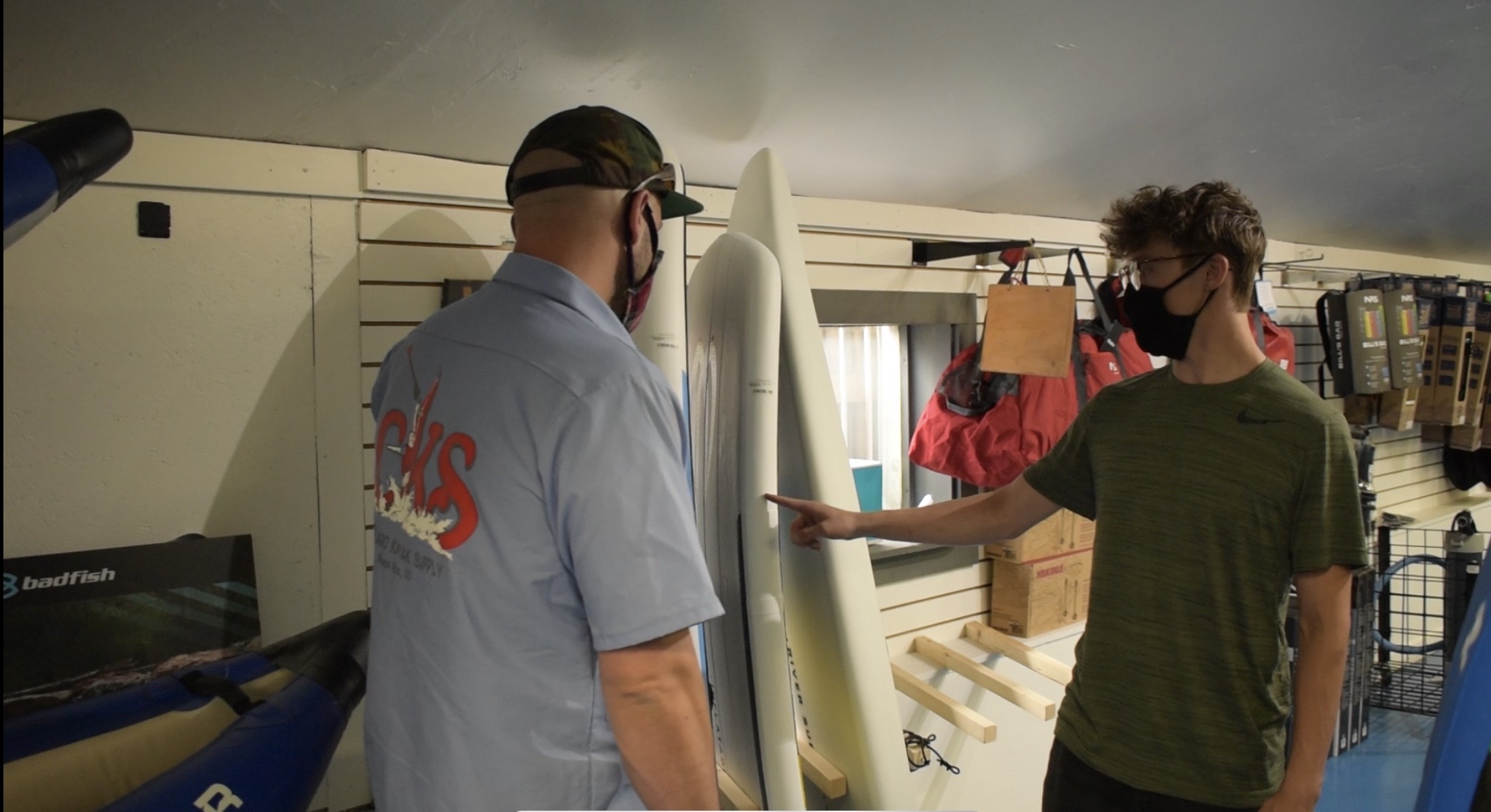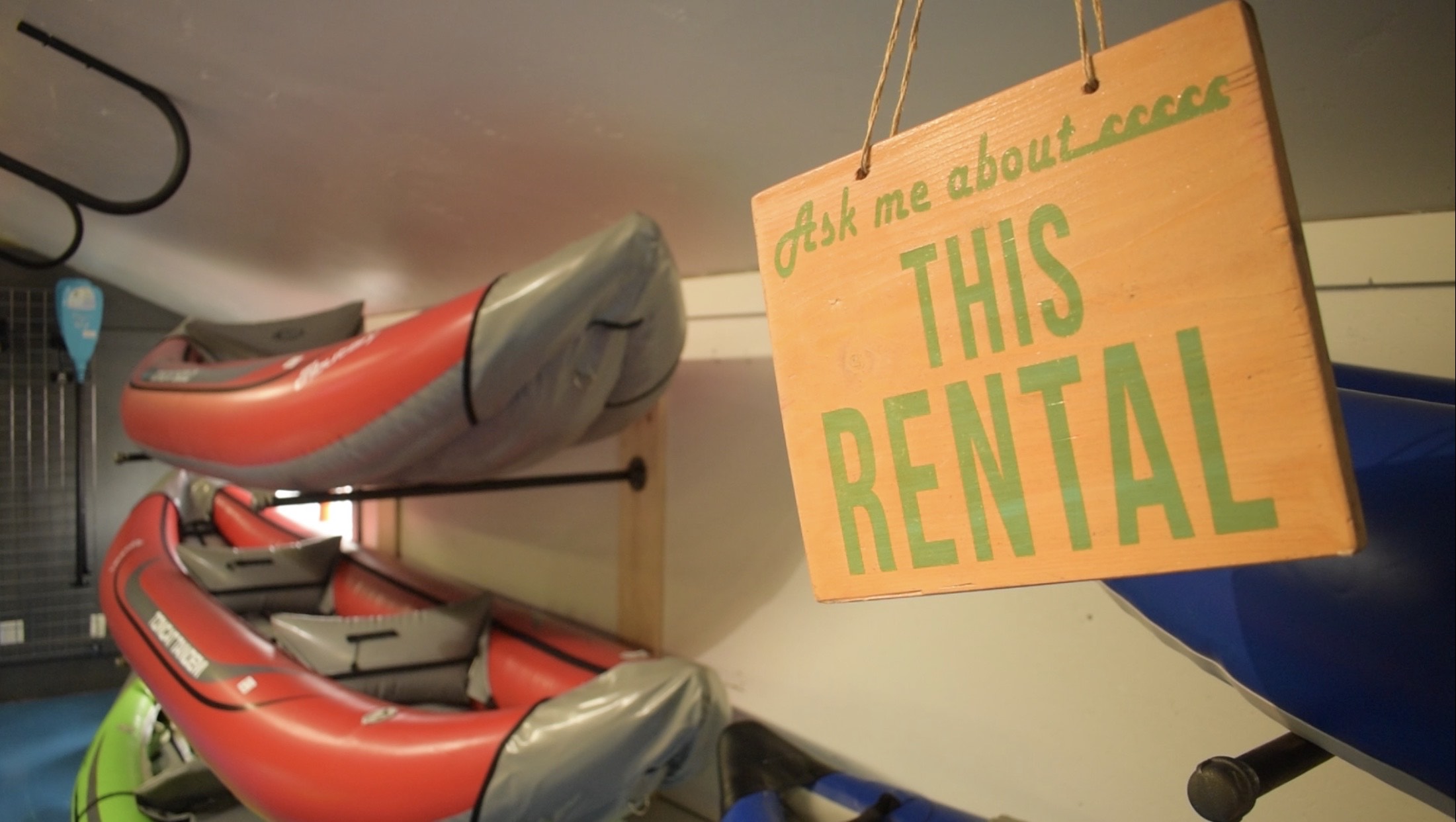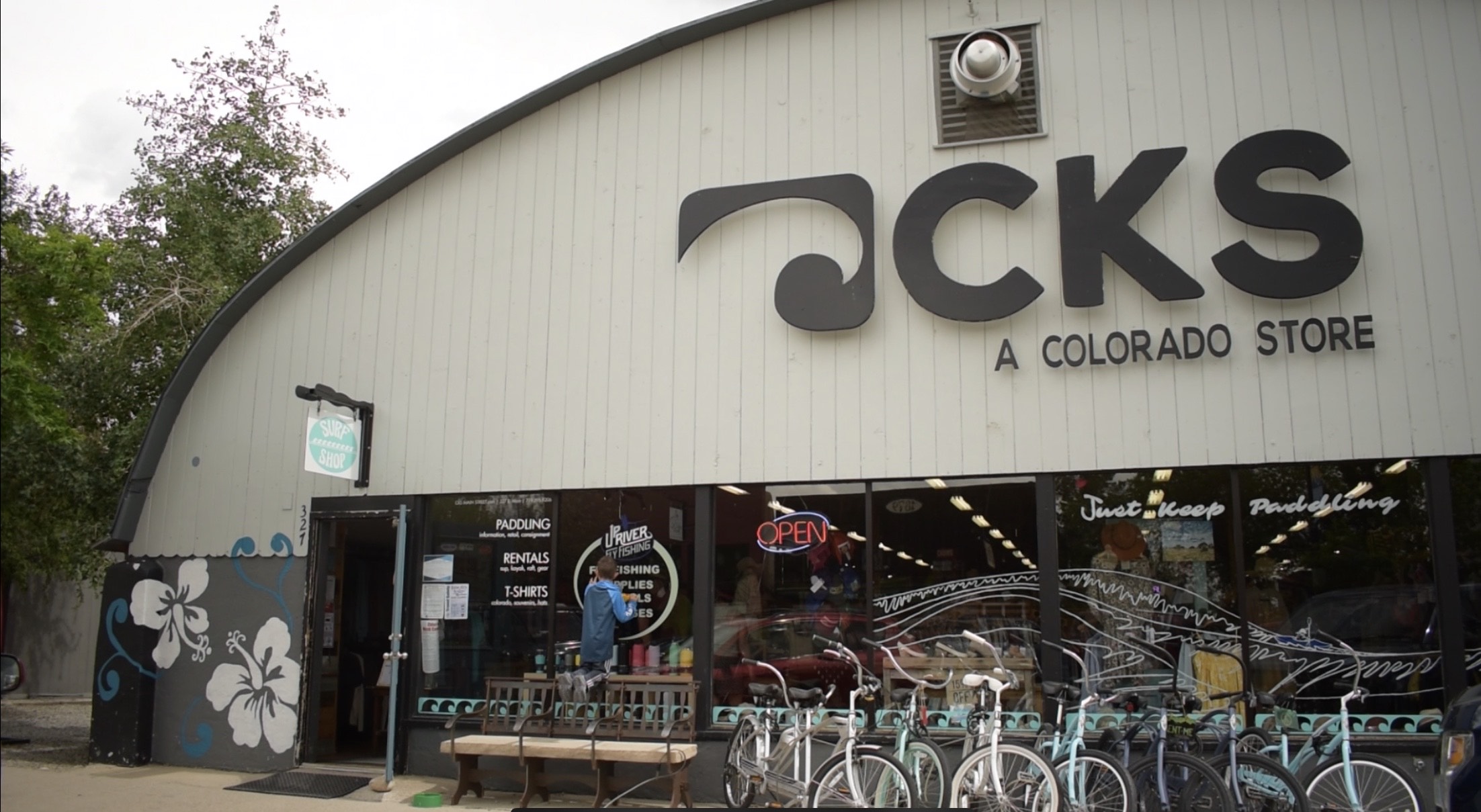By now, you will likely have heard that we took the difficult decision to discontinue one of our most iconic designs, the Burn, in August of last year.
We’ll be the first to admit the Burn is a design which splits opinion; throughout its lifespan, there have seemingly been as many paddlers who love it as there are paddlers who hate it, and both with apparently equal passion!
The reason behind this division may be the fact that we stuck to our ‘By Enthusiasts, For Enthusiasts’ ethos, didn’t hold back on the planing hull design, and gave it some unusually sharp rails in comparison to the big, round, displacement hulls which were the trend in creek boats at the time. This requires the Burn to be paddled differently, using those rails to carve, rather than the turning force coming primarily from paddle strokes… it feels great if you get it right, but not everyone adapted well to the paddling style.
The Burn design isn’t something that came completely out of the blue, though; it shares much of its DNA with predecessors like the h2 and h:3, as well as having gone on to influence designs such as the Everest, Ammo, and Karnali itself…
The original Burn (2006)



Here’s what Pyranha old boy, Ben White had to say about the development of the original Burn:
“The h:3 was such a successful boat that it was a hard decision to start designing a successor. The Burn had to be something different, yet still have the Pyranha DNA.
We began with a clean slate and started by speaking with people – a LOT of people! Team paddlers, customers at demo events, dealers, and the guys in the factory who build the boats. This gave us a far better understanding about what we needed to do.
All the grab handles were new for the Burn; we worked closely with Wild Country and DMM to make them as strong and as robust as possible. There was a lot of destructive testing; always fun to see how much force you can put on a grab handle before it breaks!
The Burn was also the first boat to use Connect 30 outfitting. A ground up new design, re-thinking every part of the outfitting. The most successful was the removal of the full-length front foam and replacing it with the roto-moulded pillar which doubled as a step to exit the boat in a vertical pin. Also, a handy grip for when you’re carrying the kayak!



Above: a composite prototype of the original Burn.
The hull shape itself went through several iterations during development. I can remember at one stage the plug had a different design on each side, and Graham and myself had an unconclusive ‘creative discussion’ about which one we should go for. The design got put on hold for a couple of weeks before revisiting it and not using either! What came from this was faster hull speed and greater manoeuvrability with a secondary stability point beyond anything that came before. All the things that the Burn was known for.
The Burn was accidentally leaked the day the first shell came out of the mould. Too excited to wait, I took the first boat out of the mould to the Dart where someone caught a picture and the rumours of the new Pyranha boat started. Previously, and I do not know how we got away with it, the Burn was tested out in the open across North Wales and Scotland in both a composite and plastic version without anyone noticing!”
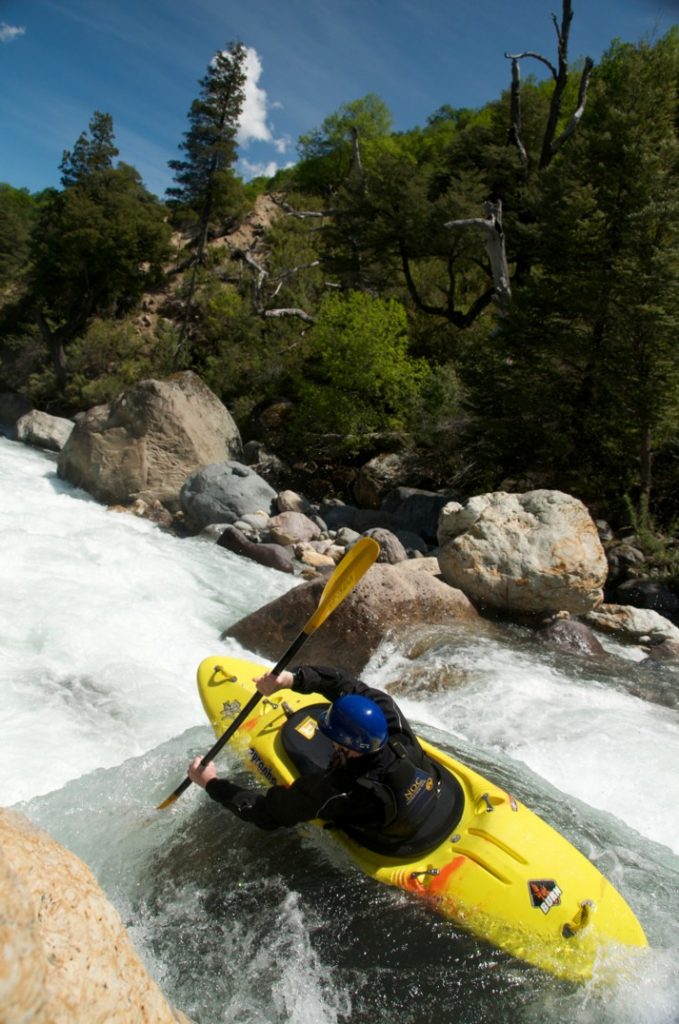
Burn MKII (2010)



The Burn MKII carried through some concepts explored on the 2007 Everest, such as rocker which steepened towards the very tip of the bow, improved deck styling, and a touch more volume. With our sights set on the future, which was to include a displacement hull creeker that would eventually be named the Shiva, we also leant in to the sharp edged, planing hull design on the Burn MKII, extending the rails all the way to the stern for harder, sharper turns.
Another old boy, Matt Bostock shared a couple of great memories of the early days of the Burn MKII with us:
“Prototype testing on the Mighty T.
We went on a comparison test mission to the Tryweryn with Burn MKII Proto 1 and a Burn Mk1 to compare how they felt on the water. Our plan was to repeat the same moves dozens of times through the day in both boats, comparing notes and then making small changes to the prototype hull and repeating the process. We took small strips of balsa wood and a hot glue gun so that we could add and move rails to any section of the hull during the day. We spent the whole day working on it, getting the boat to carve predictably in and out of eddies and work on small waves.
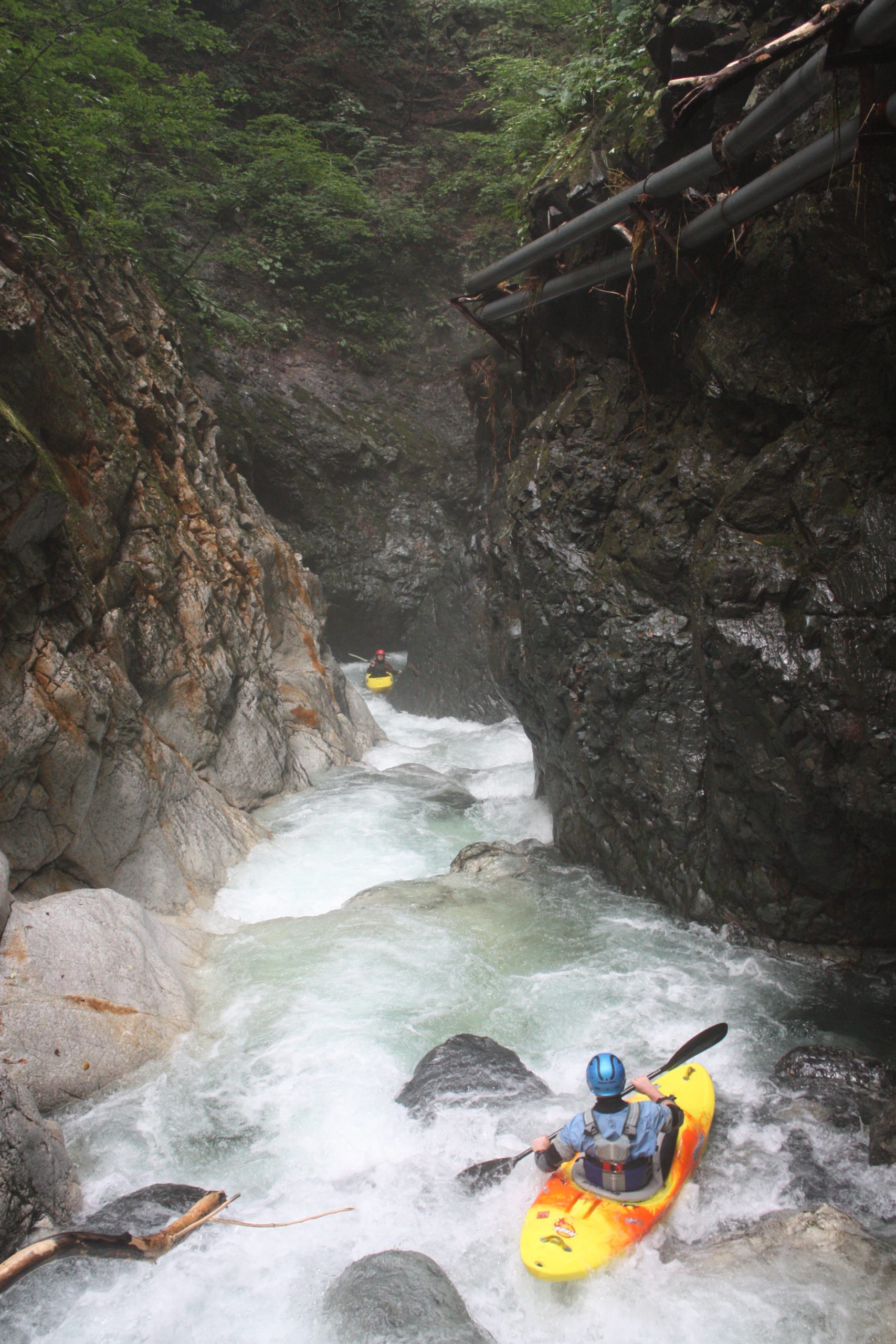
Delivery to team paddlers.
One of the first deliveries of Burn MKII Medium was to several team paddlers at the Adventure Paddlers’ Weekend on the Dart. I remember this weekend as so many of the team drove down so they could get their Burns and head out together to play. Most arrived on the Friday night, and being professional athletes, only had a “couple” of drinks. Saturday morning, we had a crowd of spectators as around 6 team members all unbagged and outfitted new boats on the grass. We had a great day on the upper Dart and the Erme. This day lives in a few peoples’ memories for several reasons, but mostly we had a great day paddling as friends on some good water. It was the best beginning to the Burn MKII’s life we could hope for and generated great interest in the soon to be launched Burn MKII Large.”
Burn III (2013)



In 2013, we completely redesigned the Burn for its third generation; Designer, Robert Peerson looks back on the Burn III development:
“Working on the Burn III felt daunting; like writing the third film in a successful movie trilogy. Some might like this aspect or that from the first two generations, but you can only bring so many of those through to the third generation without just producing the same boat again.
Our feedback on the Burn series was that everyone missed the hard rails of the original Burn but liked that MKII Burn was a bit easier to paddle in harder white water. This is a fine line to walk, but after tweaking the rail and the rocker profile, our team was pleased with the final Burn III Medium prototype, which was super fun and predictable to paddle.
A funny (although not so funny at the time!) story about the development of the Burn was the mishap with the sizing. We started, as we usually do, designing and test paddling the Medium sized version. I remember we’d shipped the first production model over for the big reveal at Outdoor Retailer, and the entire team surrounding it as it was pulled off the truck, sitting in it, and reviewing the hull. We all instantly knew the boat was not a true Medium; more like a Small/Medium with much lower knees than the prototypes we had paddled. Not wanting to scrap this final tool, we were left with sorting the rest of the line-up based on this Medium size. This is why we ended up with L, XL, and S sizes, with the sizing of each being a little off the norm for those sizes in other models.
I personally liked the idea of the Burn series with its hard rail design, comfortable ergonomics, and the one boat you could take anywhere in any conditions, but I’m also having a lot of fun paddling our newer designs like the 9R.”
The Burn III also followed in the footsteps of the original Burn, being the first model to use a new generation of grab handle; the drop-forged aluminium grab handles produced by DMM which we use across our range today.
B.Two (2013)
Over the years, the Burn has become a staple of clubs, centres, and coaches, being a highly versatile platform, which supports paddler development and enables clear skills demonstrations, without being overly ‘aggressive’. Upon the release of the Burn III, the Burn MKII was re-branded as the B.Two and made available at a lower price point for the benefit of these paddler groups, and is a model we still produce in batches today for clubs and centres.
The Burn may no longer be a part of our range, but it is certainly not forgotten, and we’re sure it won’t be for years to come. However, time moves on, and we must keep moving forwards…
Happy Paddling!
Pyranha




